Exploring Best Geared Servomotor Applications: Real-World Examples and Industry Insights
In the rapidly evolving landscape of automation and robotics, the significance of geared servomotors cannot be overstated. These precision-engineered components have become indispensable across various industries, offering enhanced torque, efficiency, and control in motion applications. As we approach the year 2025, a thorough market analysis reveals not only the growing demand for geared servomotors but also the innovative ways in which they are being integrated into real-world applications. This blog will explore the best applications of geared servomotors, highlighting industry insights and providing compelling examples that illustrate their versatility and effectiveness. Additionally, we will delve into how these powerful devices are shaping the future of automation, ensuring that businesses remain competitive in an ever-changing technological landscape. Whether you’re an industry veteran or a newcomer eager to learn, this exploration will provide valuable insights into the transformative potential of geared servomotors.
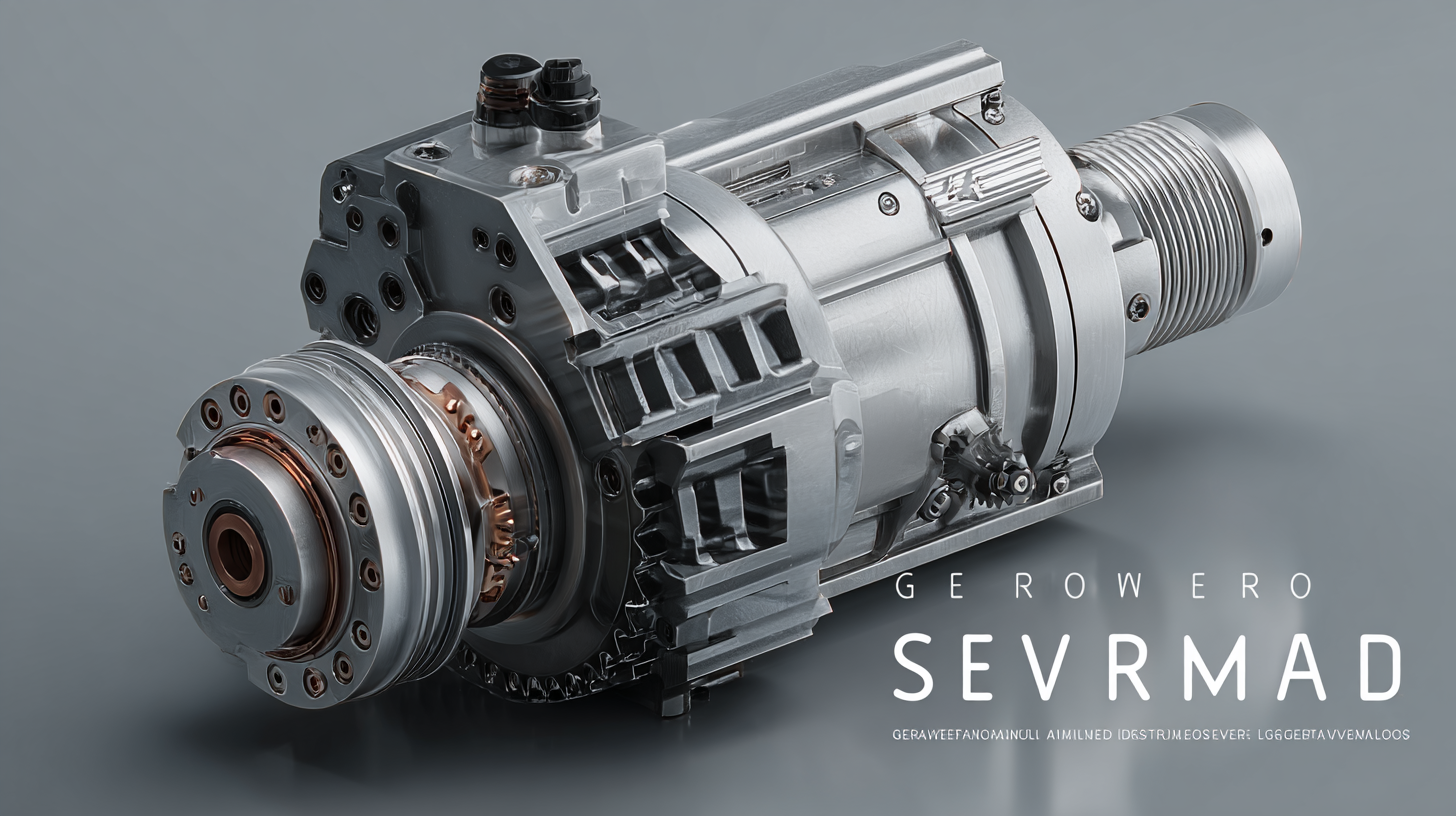
Emerging Trends in Geared Servomotor Technology for 2025
As we venture into 2025, geared servomotor technology is poised to undergo significant advancements. Innovative designs and enhanced materials are set to improve efficiency, reduce energy consumption, and extend the lifespan of these vital components. The incorporation of artificial intelligence and machine learning algorithms is expected to enable more precise control and adaptability in various applications, revolutionizing industries like robotics, automation, and aerospace.
Tip: When selecting a geared servomotor for your project, always consider the specific load requirements and the operational environment. This can help you choose a motor that not only meets performance expectations but also minimizes wear and tear, maximizing longevity.
Furthermore, sustainability will take center stage as manufacturers integrate eco-friendly practices into their production processes. The emergence of recyclable materials and biodegradable lubricants will reflect a growing commitment to environmental responsibility. This shift not only aligns with global sustainability goals but also caters to increasingly eco-conscious consumers and industries.
Tip: Keep an eye out for suppliers that prioritize sustainable manufacturing practices; choosing such partners can enhance your project's overall value and public image.
Key Industries Leading the Way in Geared Servomotor Adoption
In recent years, geared servomotors have emerged as pivotal components across various industries due to their precision and efficiency. The manufacturing sector, in particular, has embraced these motors for applications ranging from automated assembly lines to robotics. The ability of geared servomotors to deliver high torque at low speeds makes them ideal for tasks that require heavy lifting or fine control, significantly enhancing productivity and reducing operational costs.
Additionally, the aerospace and automotive industries are significant adopters of geared servomotors, where reliability and precision are paramount. In aerospace, these motors facilitate the precise movements required for control surfaces and landing gear systems, ensuring safety and performance. Similarly, in automotive applications, geared servomotors are utilized in robotics for assembly processes, contributing to the shift towards more automated and efficient production lines. As technology evolves, the ongoing advancements in geared servomotor design and integration promise to propel these industries further into new realms of innovation and effectiveness.
Exploring Best Geared Servomotor Applications: Real-World Examples and Industry Insights
| Industry |
Application |
Benefits of Geared Servomotors |
Performance Metrics |
| Manufacturing |
Automated Assembly Line |
High precision, energy efficiency |
Up to 95% efficiency |
| Automotive |
Robotic Welding |
Enhanced speed and repeatability |
Cycle time reduction by 30% |
| Aerospace |
Flight Control Systems |
Reliable under extreme conditions |
Failure rates <1% |
| Food Processing |
Packing and Sorting Machines |
Hygiene and washdown capability |
Reduction in downtime by 20% |
| Healthcare |
Surgical Robots |
Precision and responsiveness |
Increased surgical accuracy |
Real-World Success Stories: Geared Servomotor Applications in Action
Geared servomotors are at the heart of many innovative solutions across various industries, showcasing their significance through remarkable real-world success stories. A prime example can be found in the automotive sector, where geared servomotors are utilized in robotic assembly lines. These motors provide precise control of movement and torque, enabling robots to assemble components with unparalleled accuracy. This application not only enhances productivity but also minimizes waste, proving the efficiency of geared servomotors in high-stakes environments.
In the field of medical devices, geared servomotors have revolutionized surgical robotics. Hospitals have begun adopting robotic systems that rely on these advanced motors to perform minimally invasive surgeries. With their ability to provide fine movements in confined spaces, geared servomotors help surgeons achieve greater accuracy and control. This application not only leads to better patient outcomes but also shortens recovery times, underscoring the growing importance of geared servomotors in life-saving technologies. Each of these success stories reflects the versatility and reliability of geared servomotors in transforming industry practices and enhancing performance.
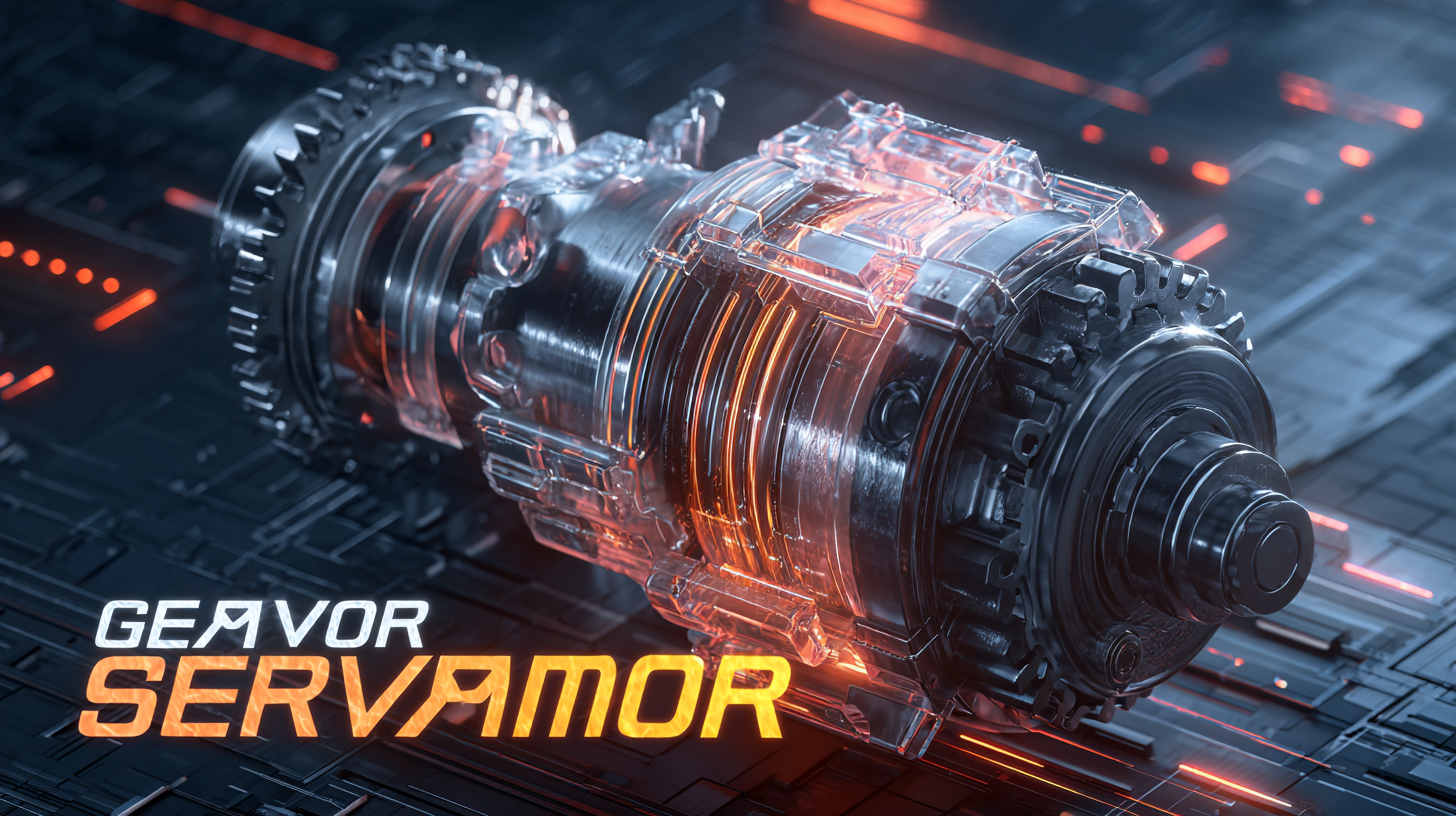
Comparative Analysis of Geared Servomotors vs. Traditional Motors
When comparing geared servomotors to traditional motors, several key factors emerge that highlight the advantages of geared solutions in various industrial applications. A recent report from Research and Markets indicates that the global geared motor market is projected to reach $60 billion by 2027, growing at a CAGR of 6.5%. This growth underscores the increasing preference for geared servomotors due to their enhanced torque capabilities and precision control, particularly in applications such as robotics, CNC machinery, and conveyor systems.
Geared servomotors, with their ability to provide high torque at low speeds, are ideal for tasks that necessitate precision and reliability. For instance, a study by the National Institute of Standards and Technology (NIST) demonstrates that systems utilizing geared servomotors can improve efficiency by up to 30% compared to traditional motor systems. This efficiency gain is particularly critical in manufacturing environments where minimizing downtime and energy consumption is paramount. Additionally, geared servomotors are often designed with advanced feedback mechanisms, offering superior performance in motion control applications, ultimately leading to more accurate positioning and reduced wear over time.

Future Innovations: What to Expect in Geared Servomotor Design and Functionality
As we look ahead to the future of geared servomotor design and functionality, several key innovations stand out that promise to transform various industries. One of the foremost trends is the integration of advanced materials and manufacturing techniques. The adoption of lightweight, high-strength materials will not only enhance the energy efficiency of servomotors but also lead to significantly improved performance characteristics.
Think of applications in robotics and automotive sectors where weight reduction can drastically enhance speed and agility.
Another area poised for innovation is the incorporation of smart technologies into geared servomotors. With the rise of Industry 4.0 and the Internet of Things (IoT), we can expect servomotors equipped with smart sensors and connectivity features, enabling real-time monitoring and data analysis. This will allow for predictive maintenance, increased operational efficiency, and enhanced adaptability in dynamic environments. As geared servomotors evolve to include these functionalities, their role in automation systems will become even more critical, paving the way for smarter and more responsive industrial solutions.

Home
Products
SIEMENS Gearmotor
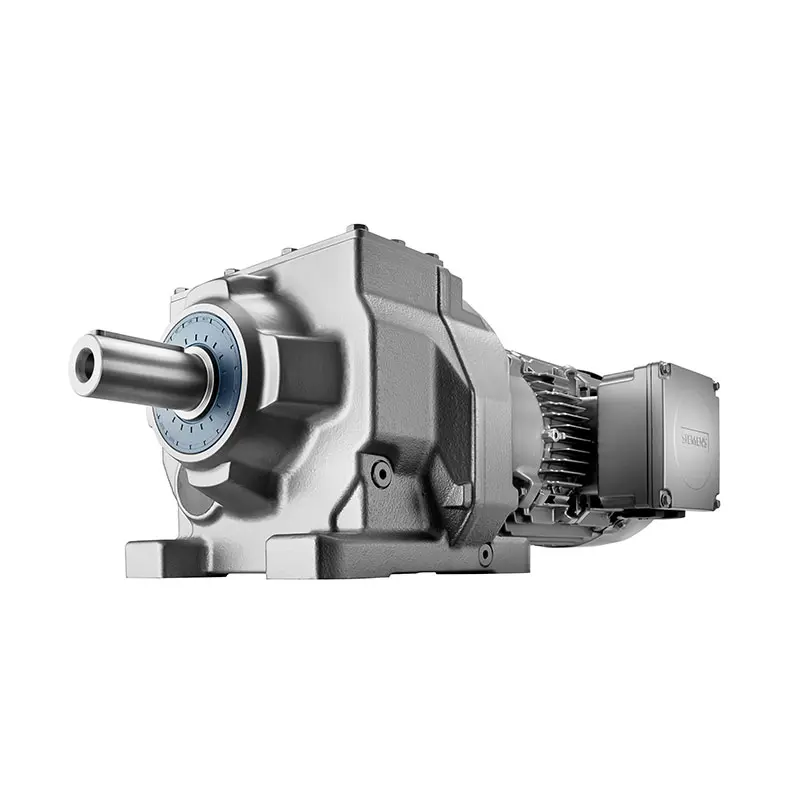 SIEMENS Helical Gearmotor Low Voltage
SIEMENS Helical Gearmotor Low Voltage 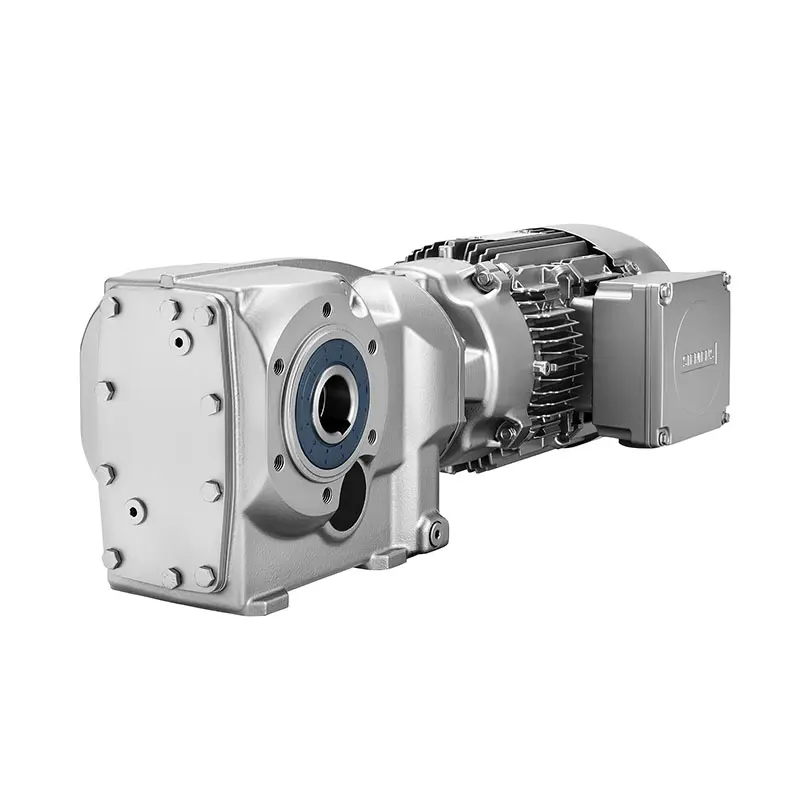 SIEMENS Bevel Helical Gearmotor
SIEMENS Bevel Helical Gearmotor 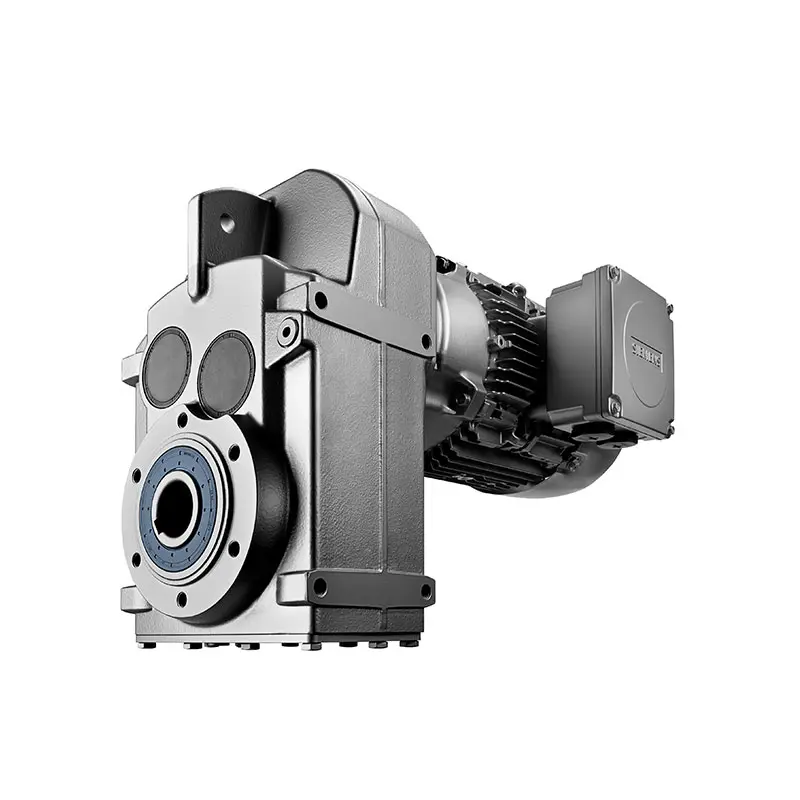 SIEMENS Parallel Shaft Gearmotor
SIEMENS Parallel Shaft Gearmotor 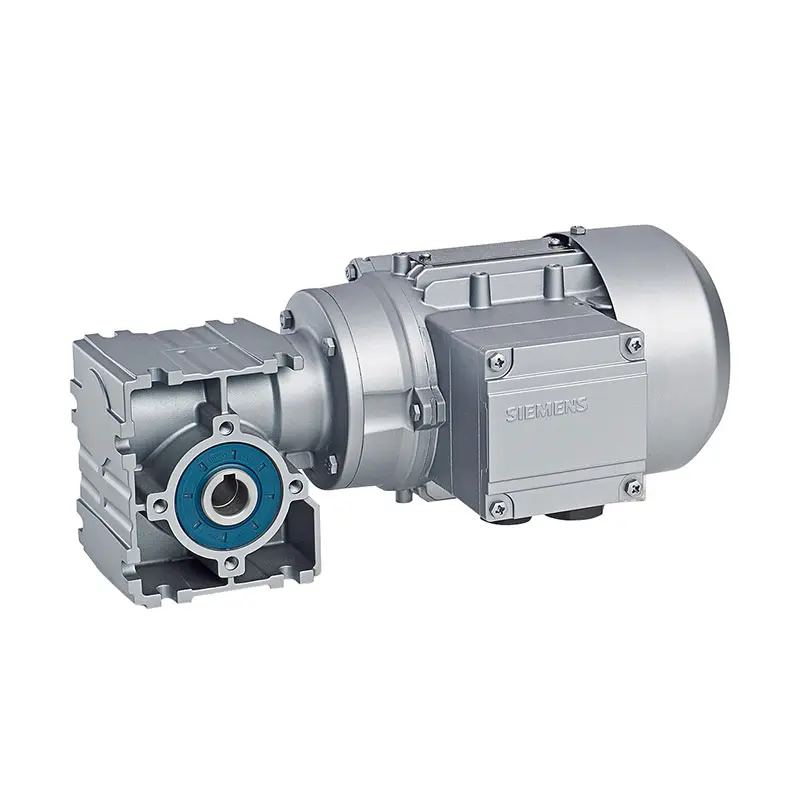 SIEMENS Worm Gearmotor Low Voltage
SIEMENS Worm Gearmotor Low Voltage 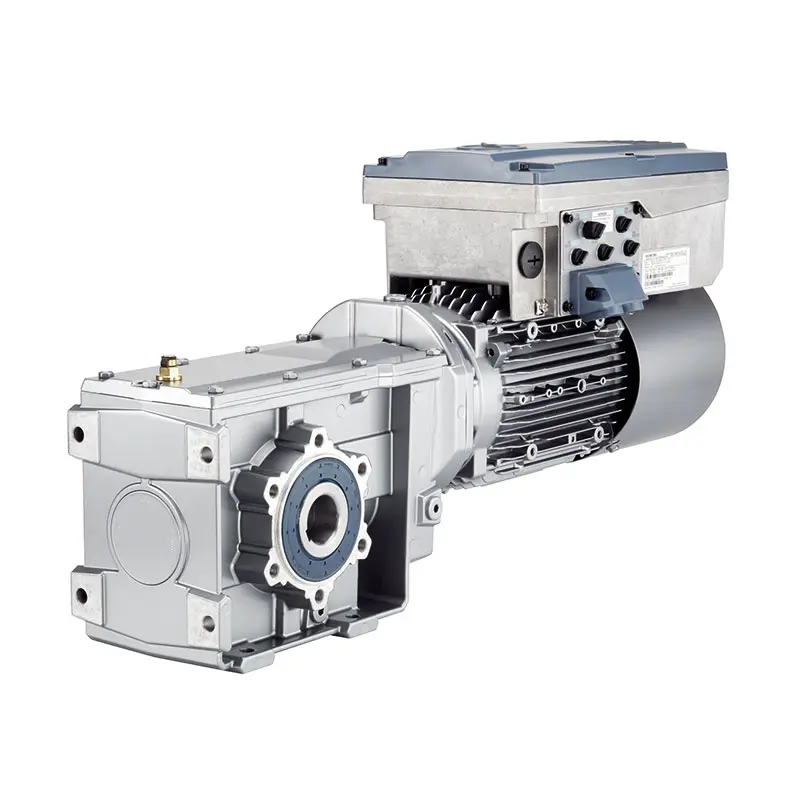 SIEMENS With Servo Motor Gearmotor
SIEMENS With Servo Motor Gearmotor 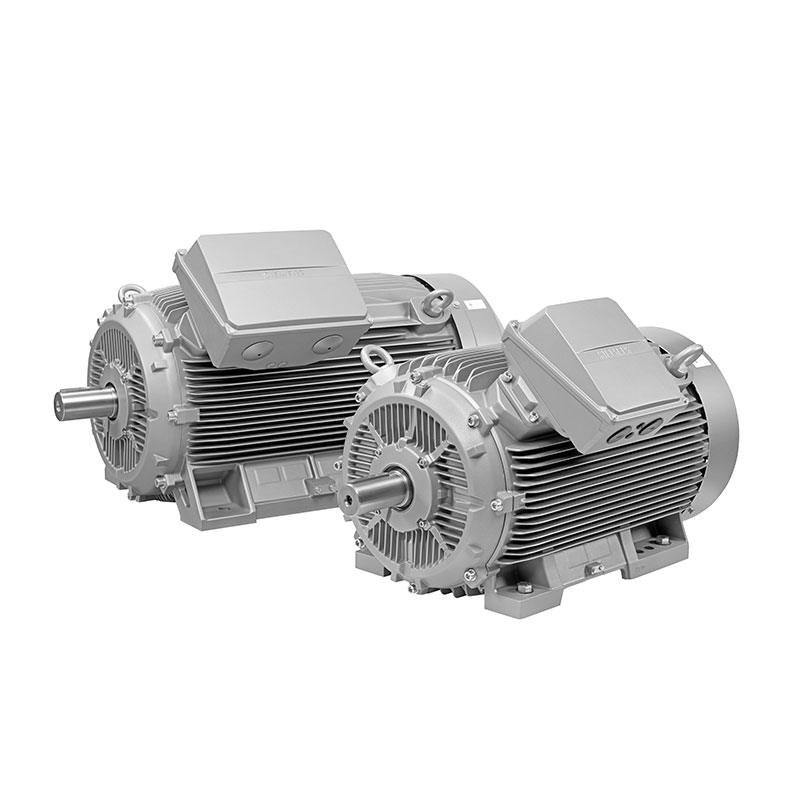 SIEMENS Low Voltage Motor Low Voltage
SIEMENS Low Voltage Motor Low Voltage 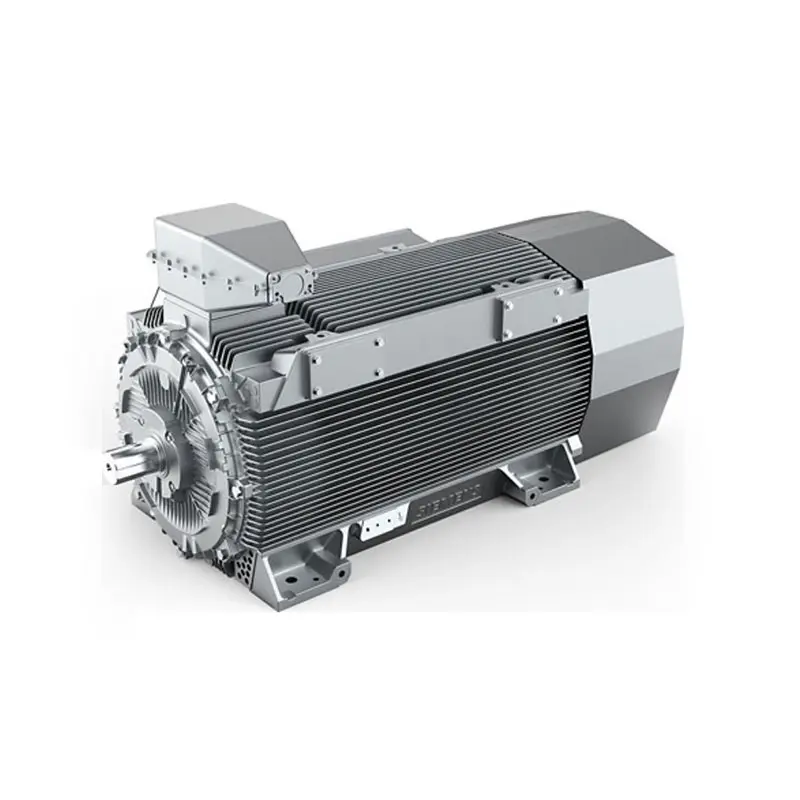 SIEMENS High Voltage Motor Low Voltage
SIEMENS High Voltage Motor Low Voltage 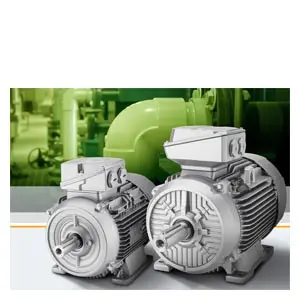 SIEMENS Marine Motor Low Voltage
SIEMENS Marine Motor Low Voltage 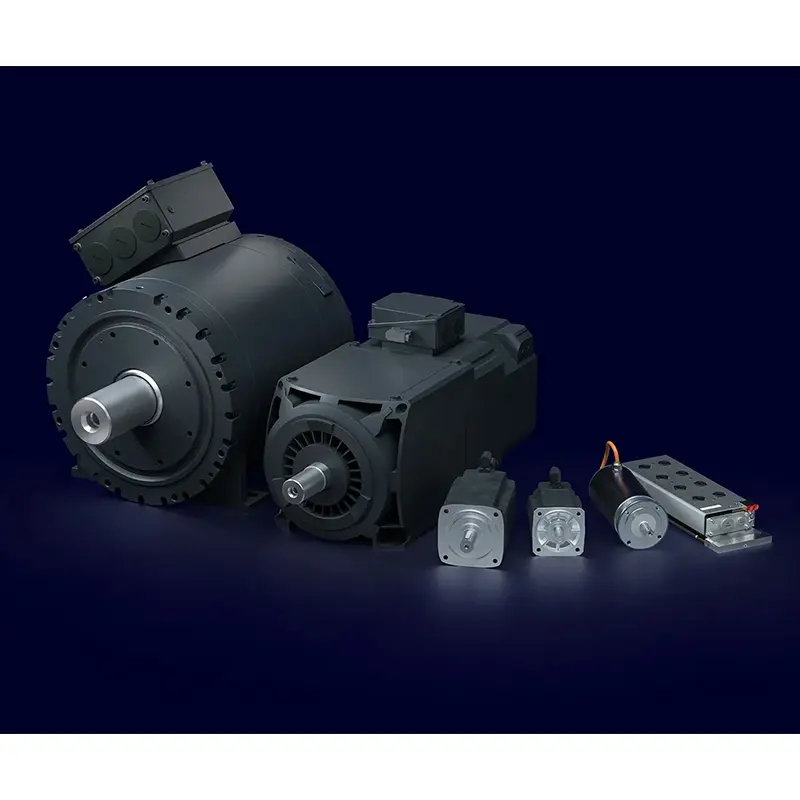 SIEMENS Servo Motor Low Voltage
SIEMENS Servo Motor Low Voltage 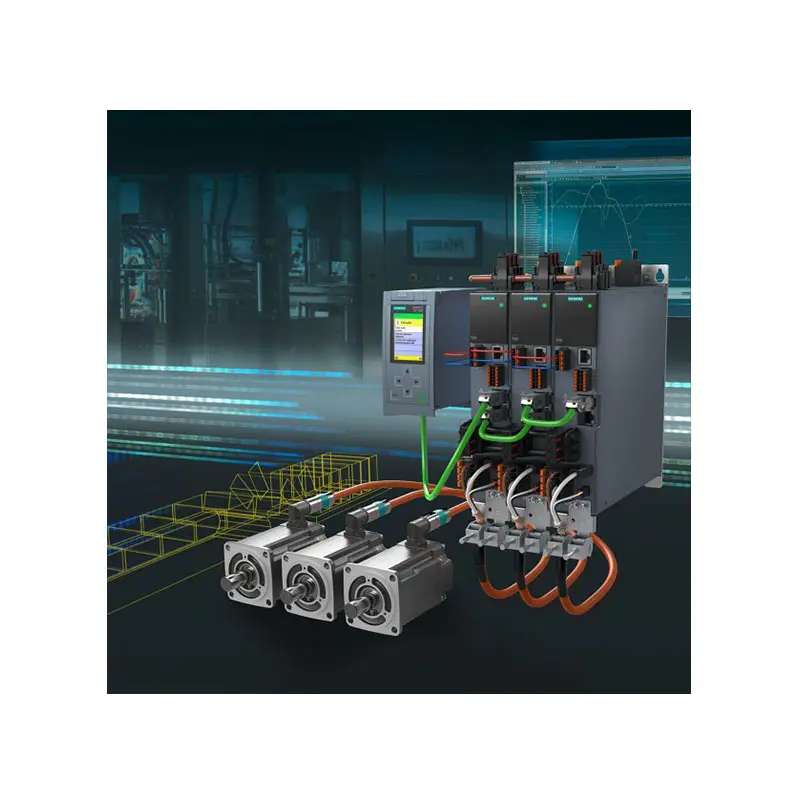 SIEMENS SINAMICS S210 Low Voltage
SIEMENS SINAMICS S210 Low Voltage 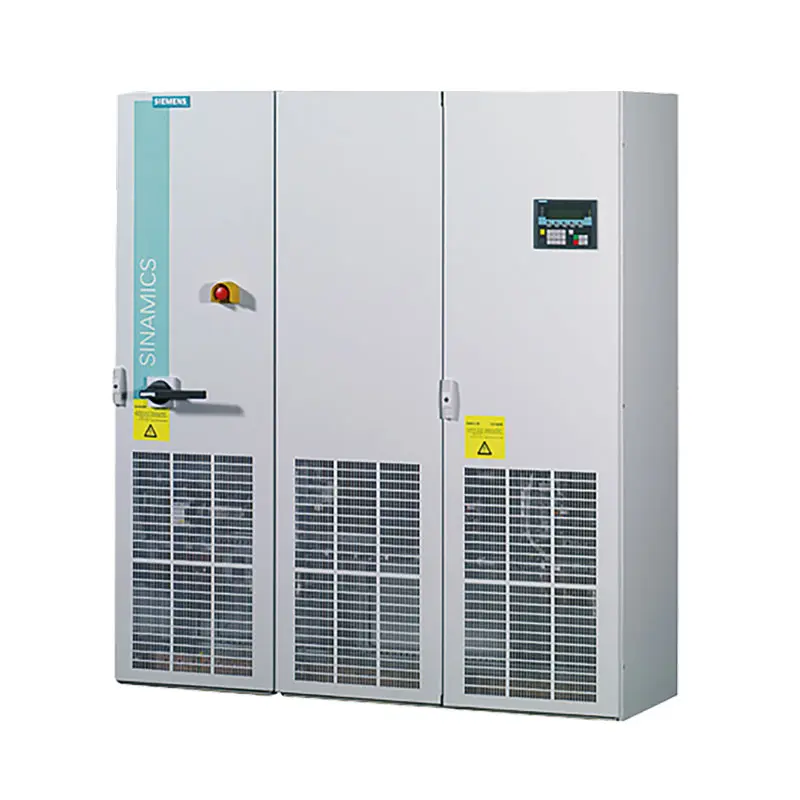 SIEMENS SINAMICS S150 Low Voltage
SIEMENS SINAMICS S150 Low Voltage 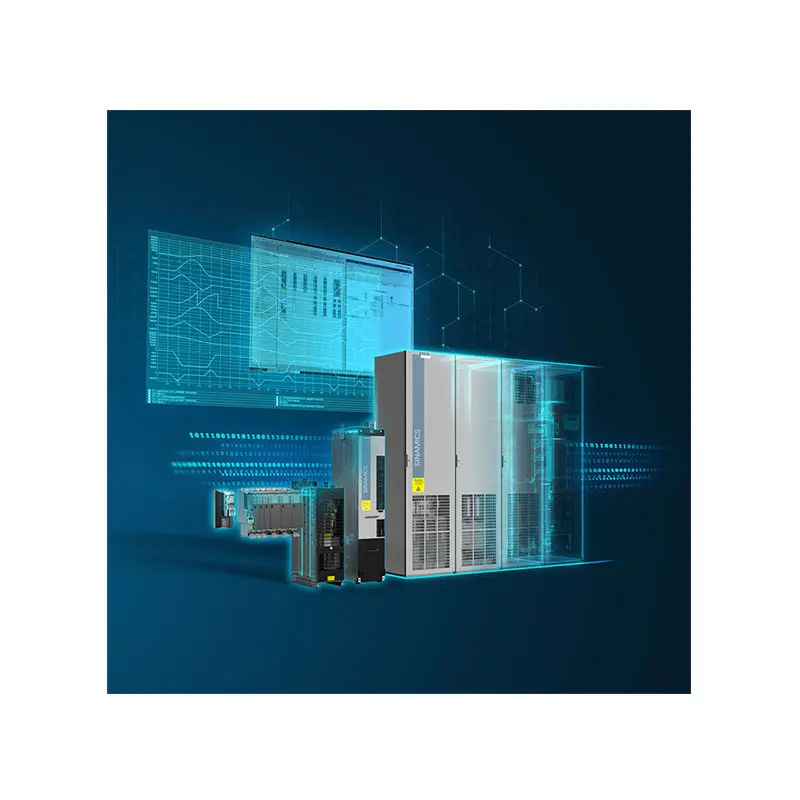 SIEMENS SINAMICS S120 Low Voltage
SIEMENS SINAMICS S120 Low Voltage  SIEMENS SINAMICS G130/G150
SIEMENS SINAMICS G130/G150 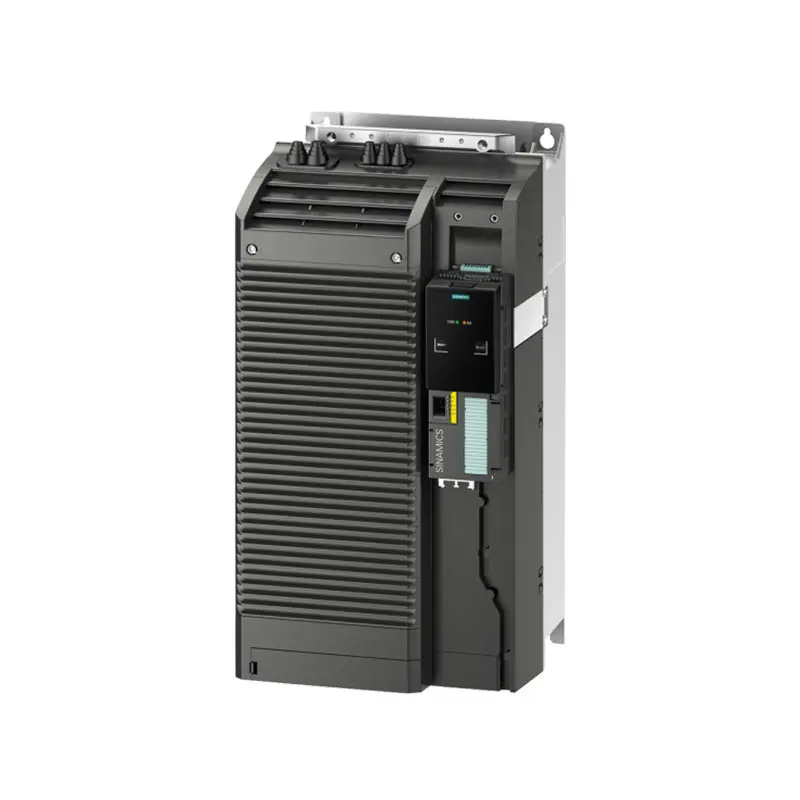 SIEMENS SINAMICS G120 Low Voltage
SIEMENS SINAMICS G120 Low Voltage 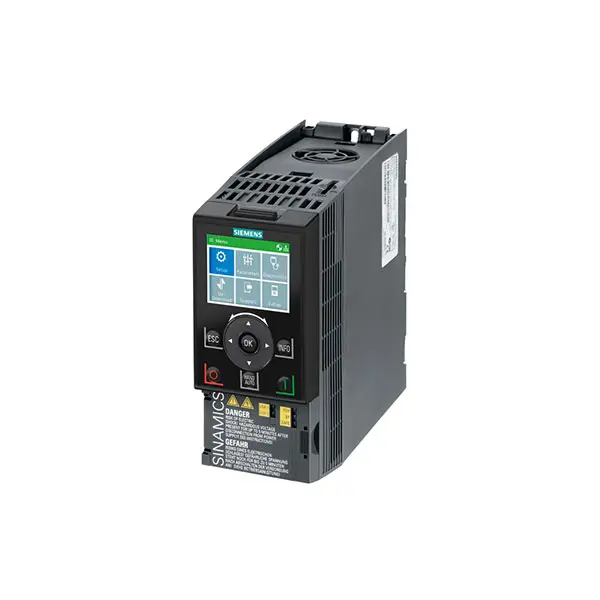 SIEMENS SINAMICS G120C Low Voltage
SIEMENS SINAMICS G120C Low Voltage 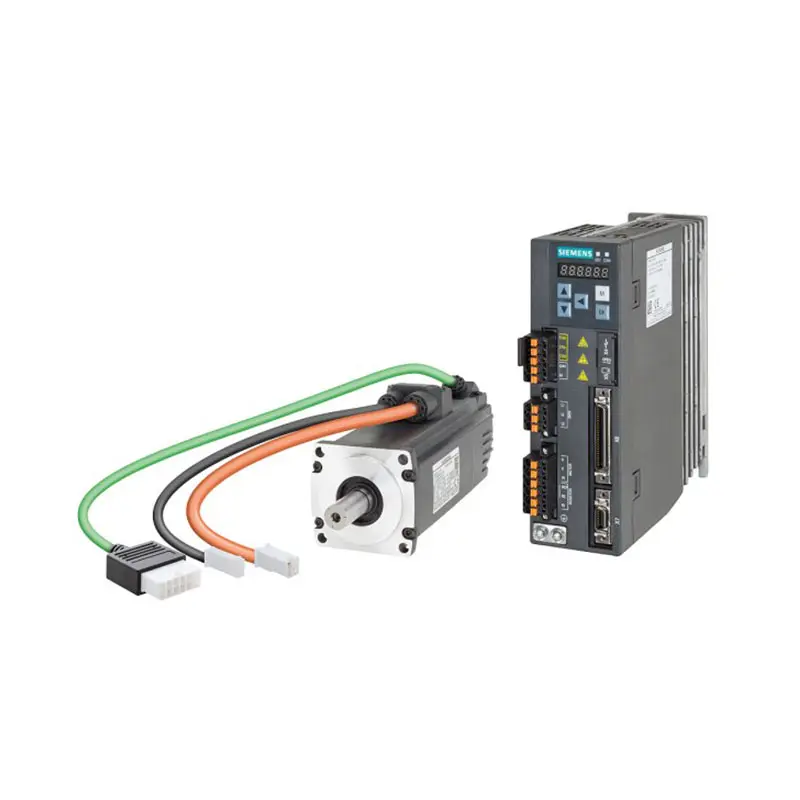 SIEMENS SINAMICS V90
SIEMENS SINAMICS V90 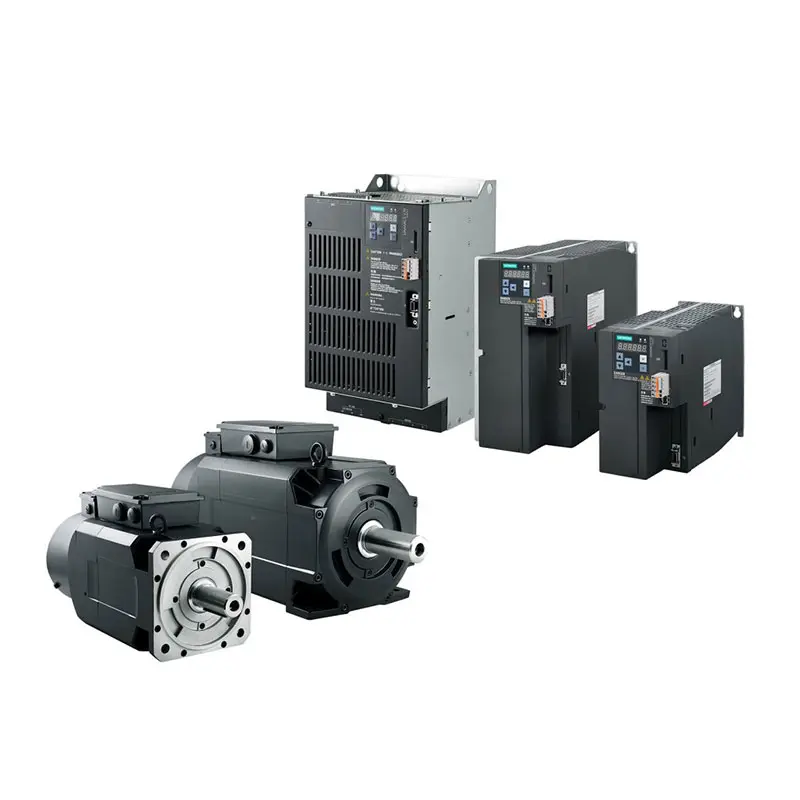 SIEMENS SINAMICS V70 Low Voltage
SIEMENS SINAMICS V70 Low Voltage 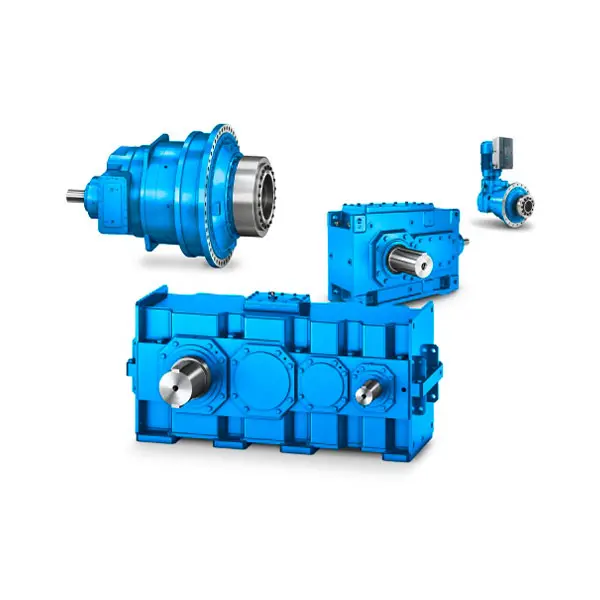 FLENDER Gear Unit
FLENDER Gear Unit 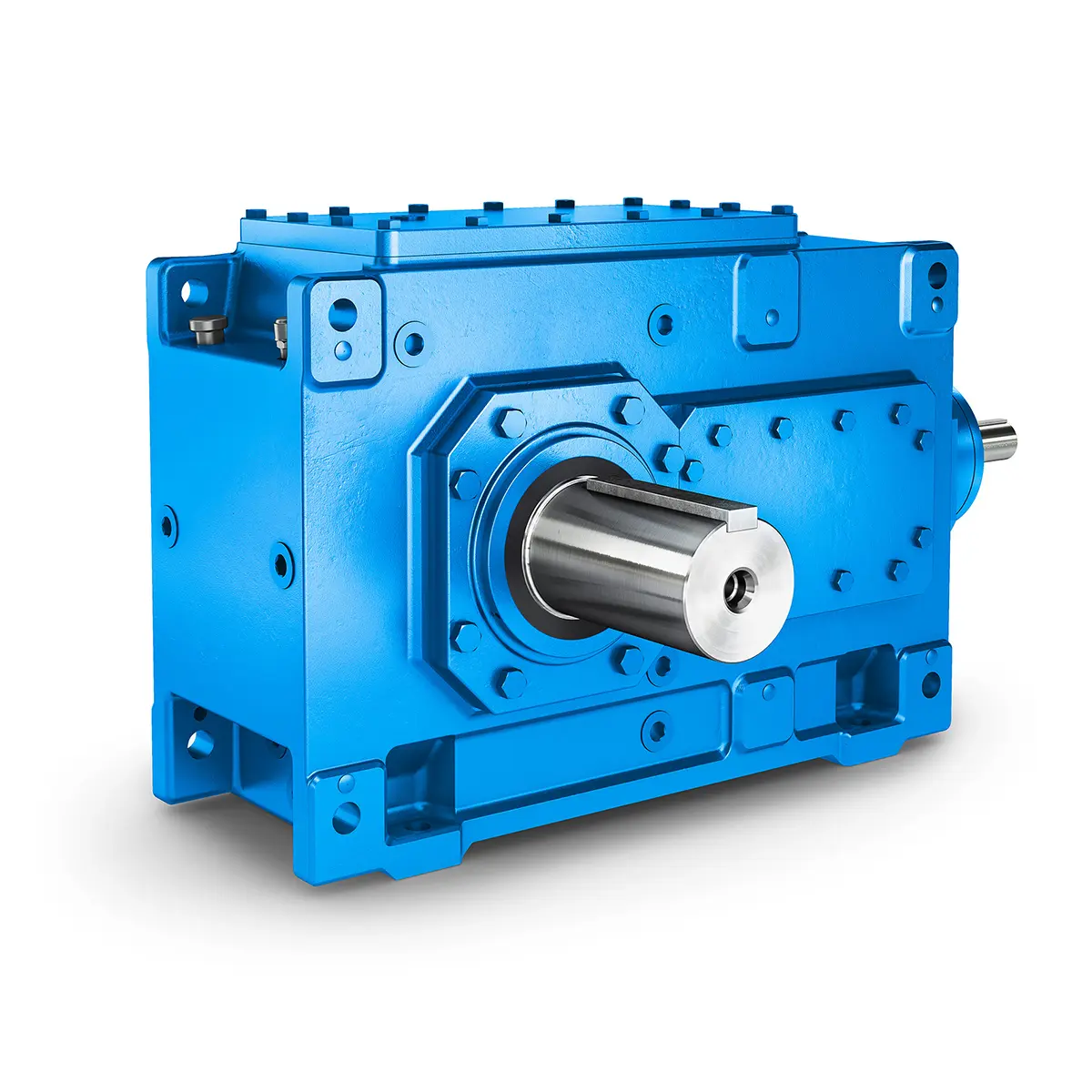 FLENDER Helical Gear Unit
FLENDER Helical Gear Unit 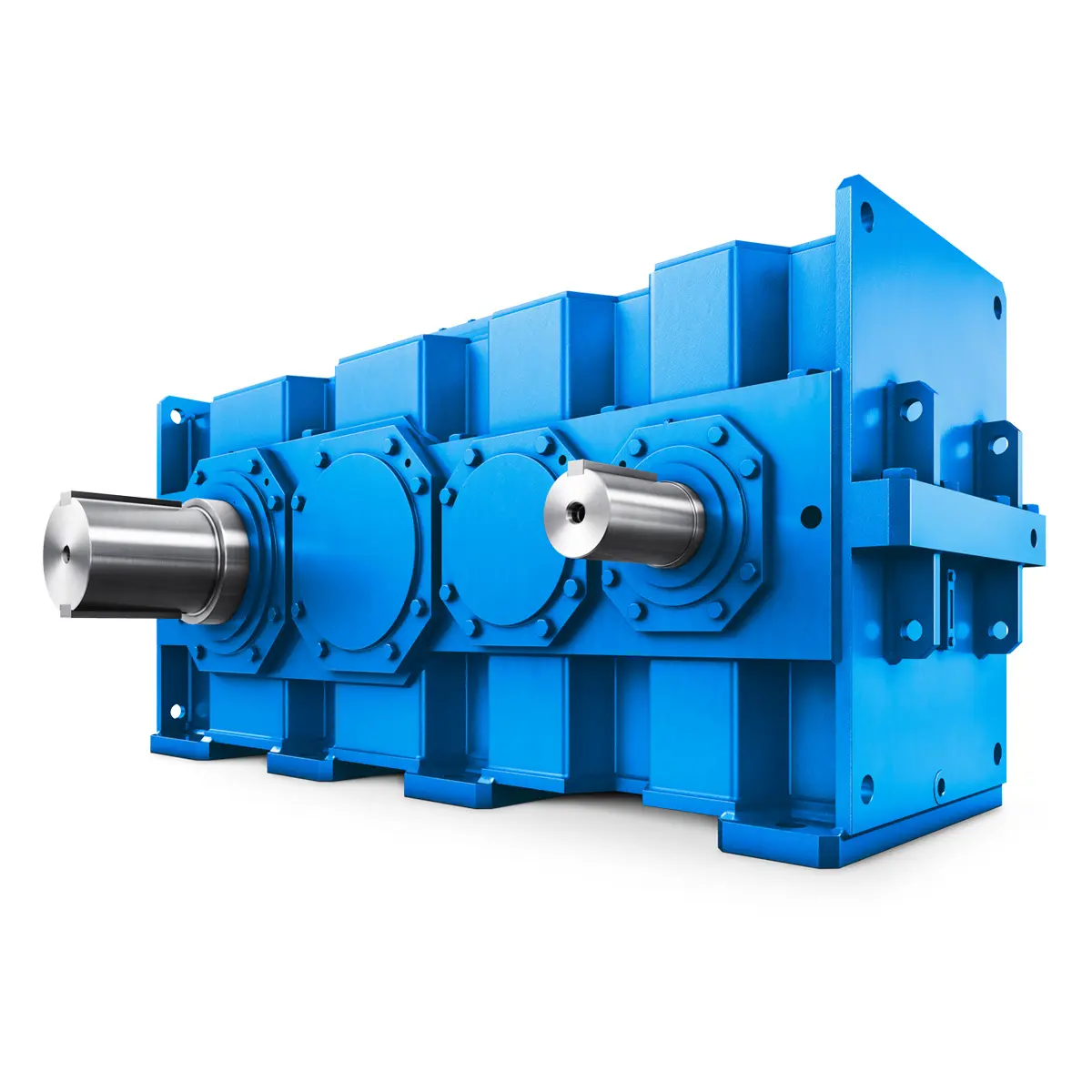 Flender gear units for lifting and luffing gears
Flender gear units for lifting and luffing gears  FLENDER Gear Unit gearunit gearbox
FLENDER Gear Unit gearunit gearbox 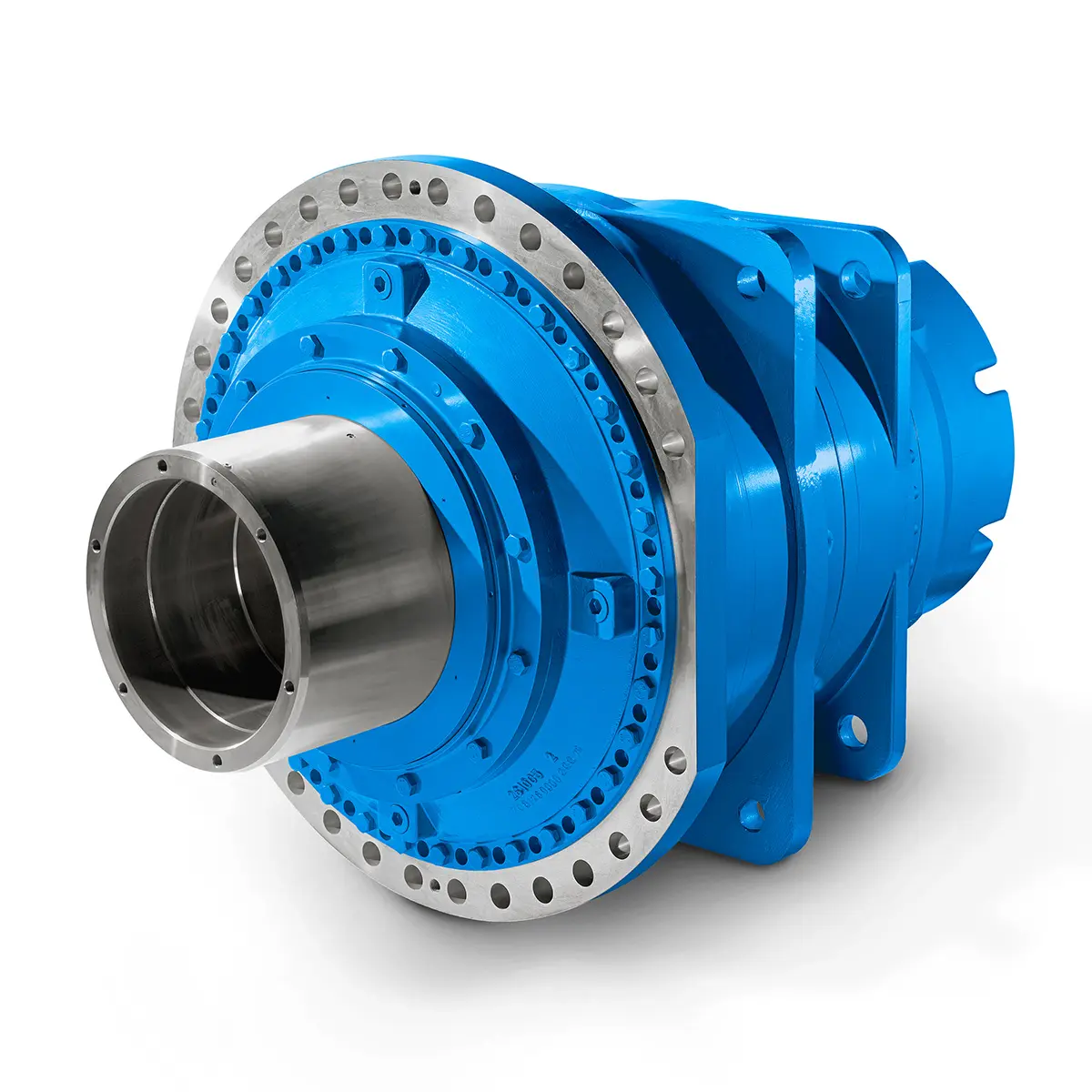 Optimal Drive Solution For Maximum Performance
Optimal Drive Solution For Maximum Performance 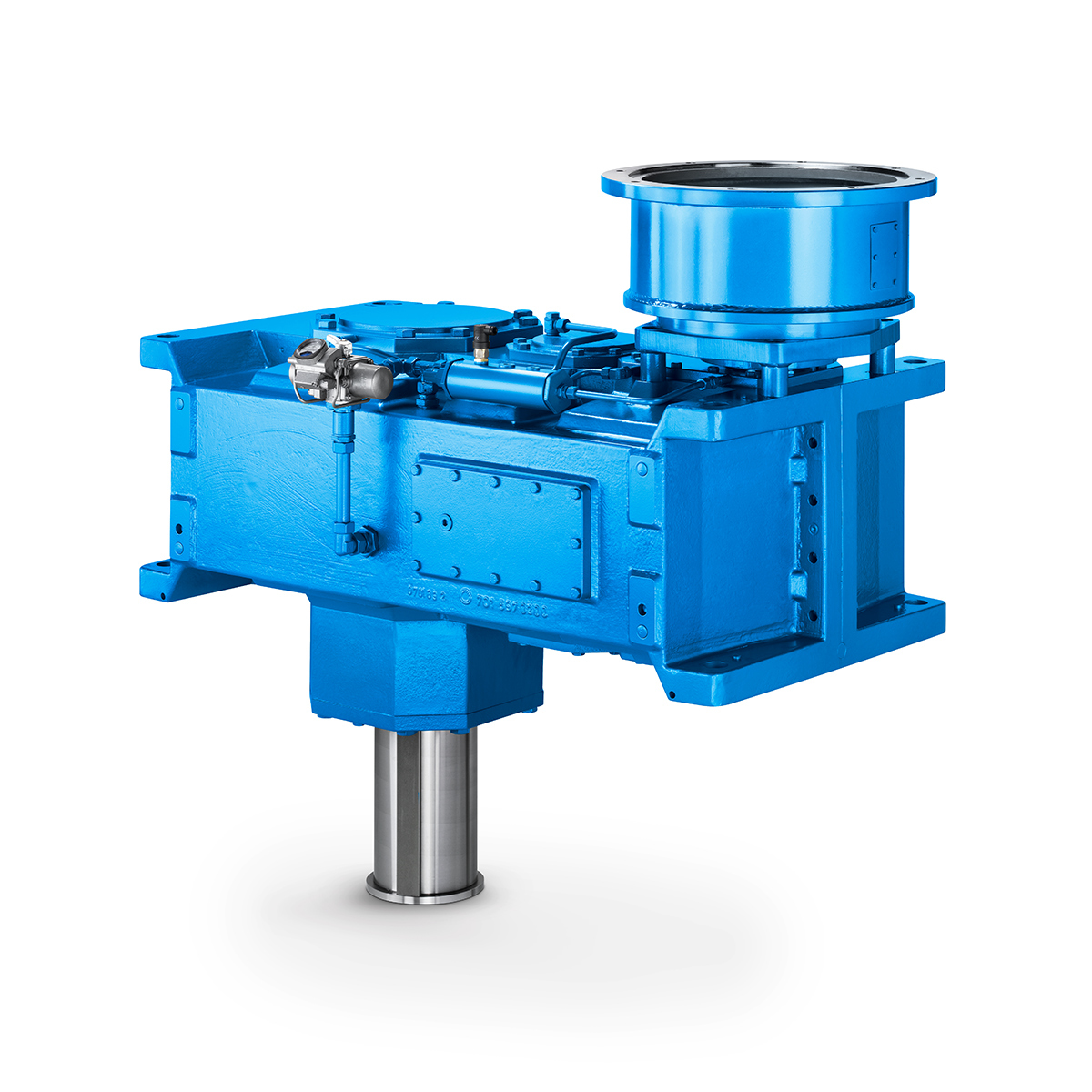 Strongly operating against biodegradable constituents
Strongly operating against biodegradable constituents  SINGLE SCREW Special industry dedicated gearunit gearbox
SINGLE SCREW Special industry dedicated gearunit gearbox 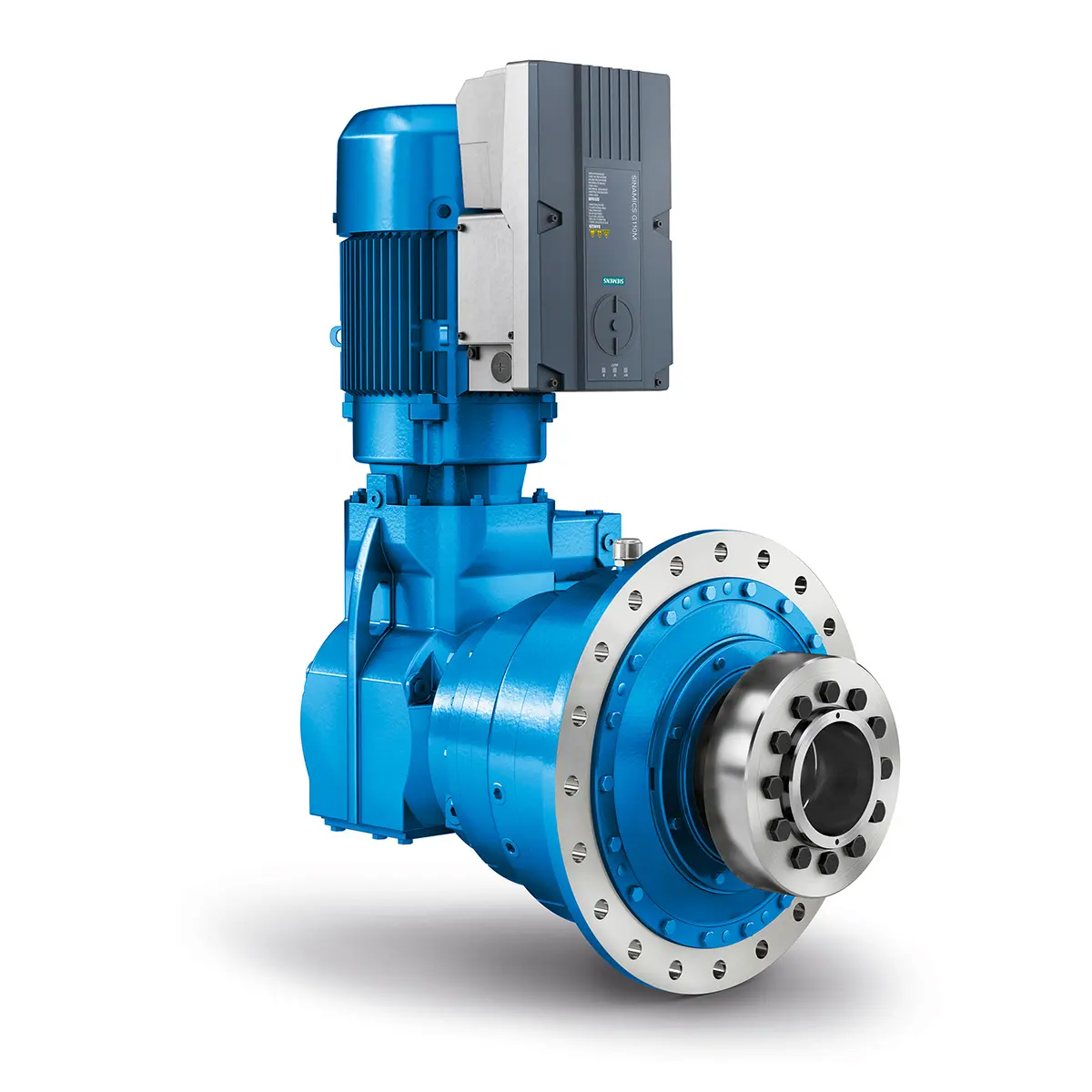 Playmaker In The Premium League
Playmaker In The Premium League 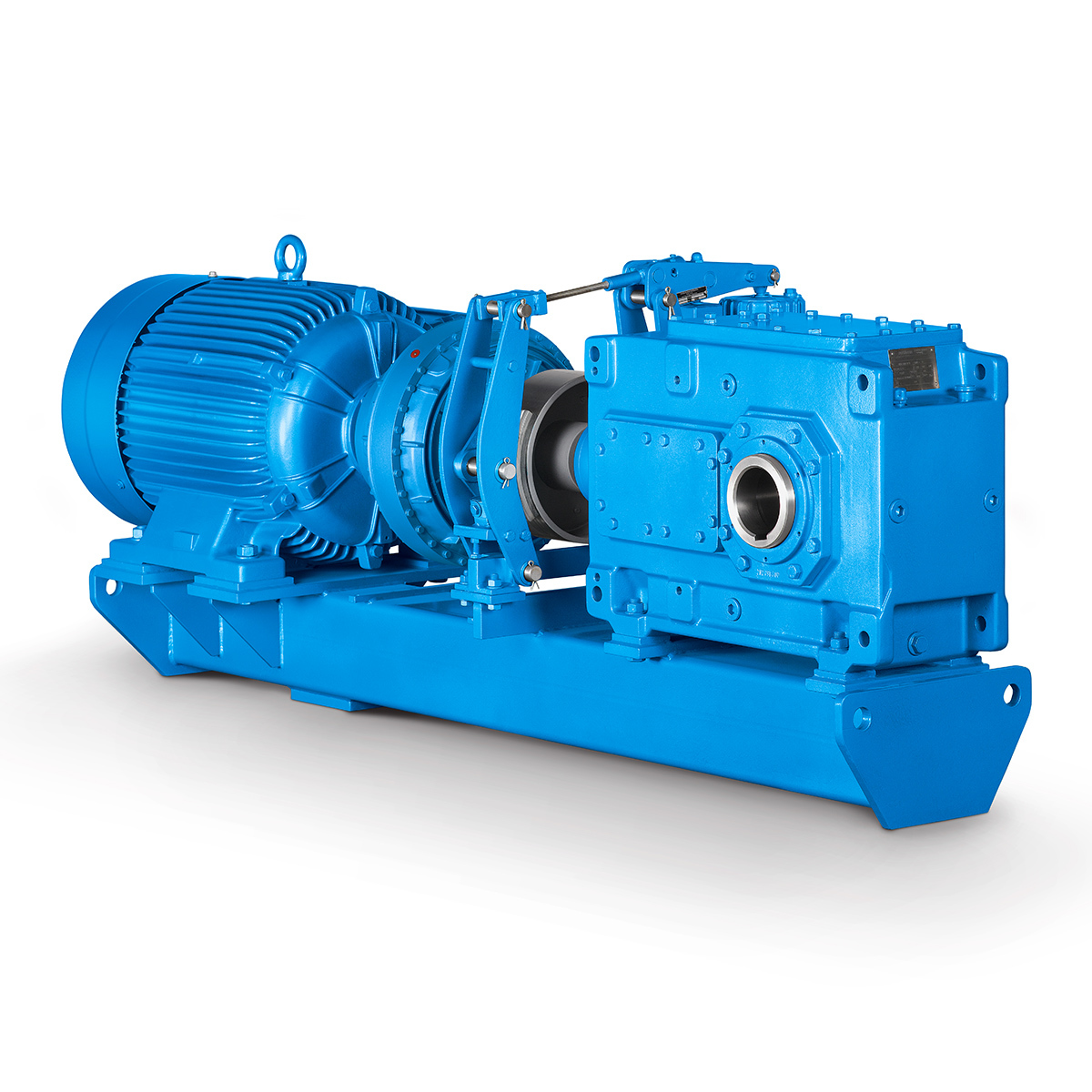 Conveyor belts gearunit gearbox
Conveyor belts gearunit gearbox 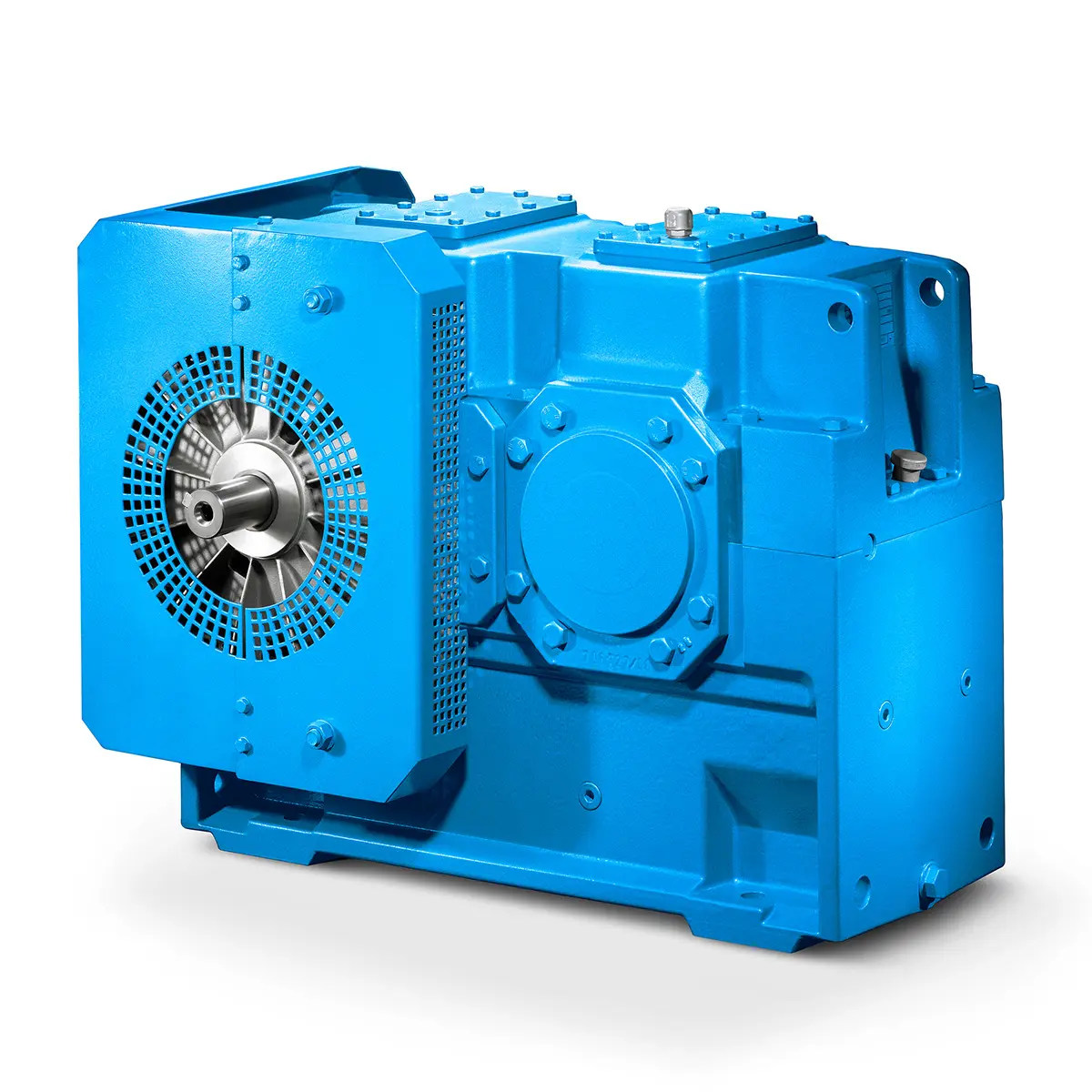 Paper And Pulp Preparation Sections
Paper And Pulp Preparation Sections 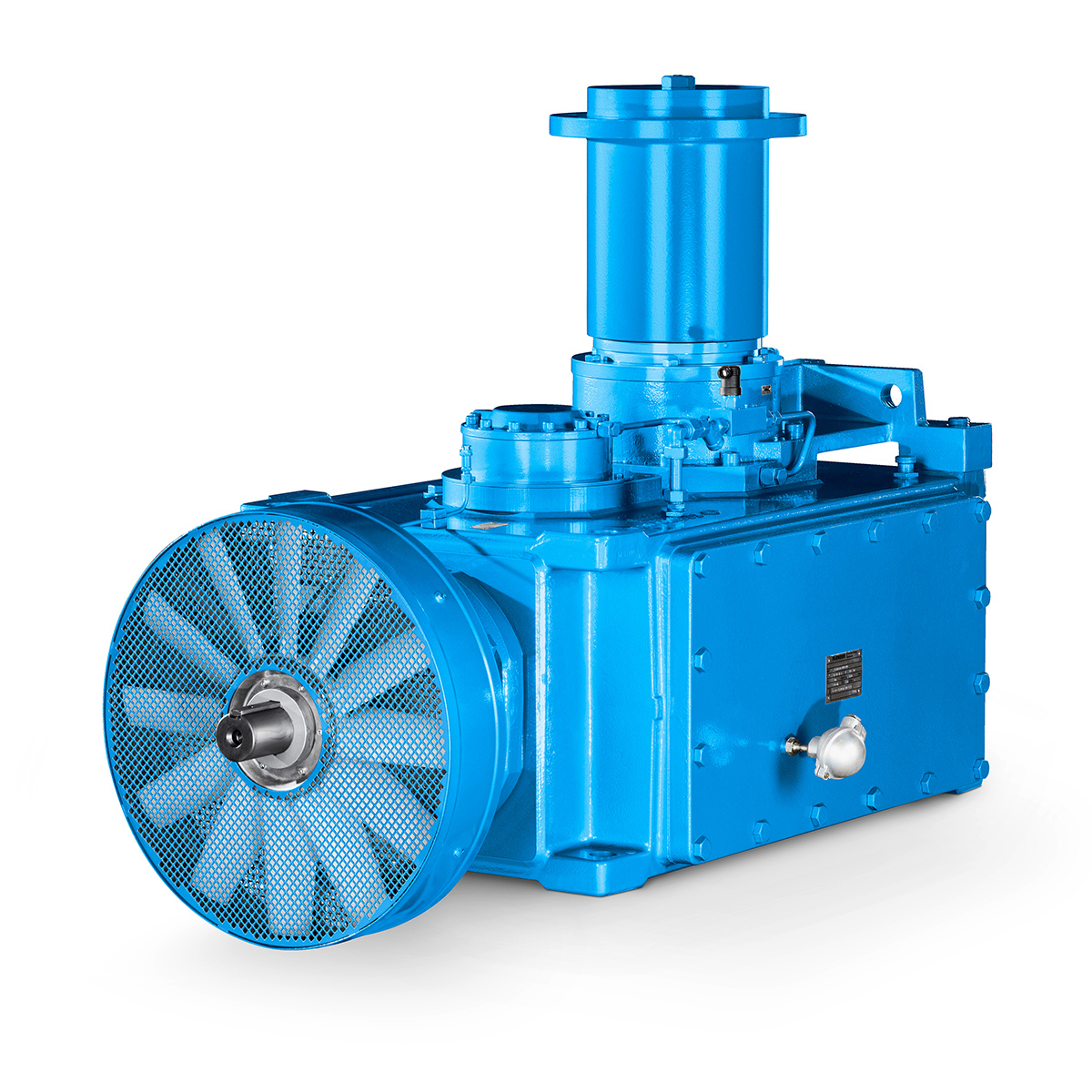 Operational Reliability Even In Case Of The Highest Ventilation Forces
Operational Reliability Even In Case Of The Highest Ventilation Forces  Reliable Gear Units For High Performance Vertical Conveyors 59/200
Reliable Gear Units For High Performance Vertical Conveyors 59/200 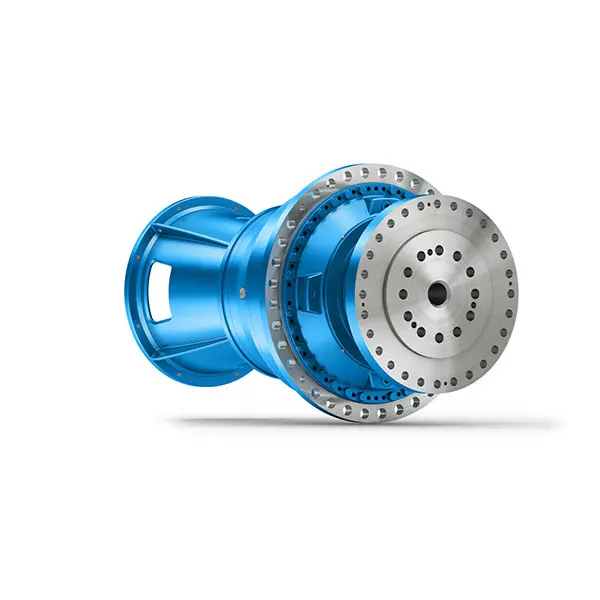 Maximum power density – PLANUREX 3 L individual drives for your sugar cane mill
Maximum power density – PLANUREX 3 L individual drives for your sugar cane mill 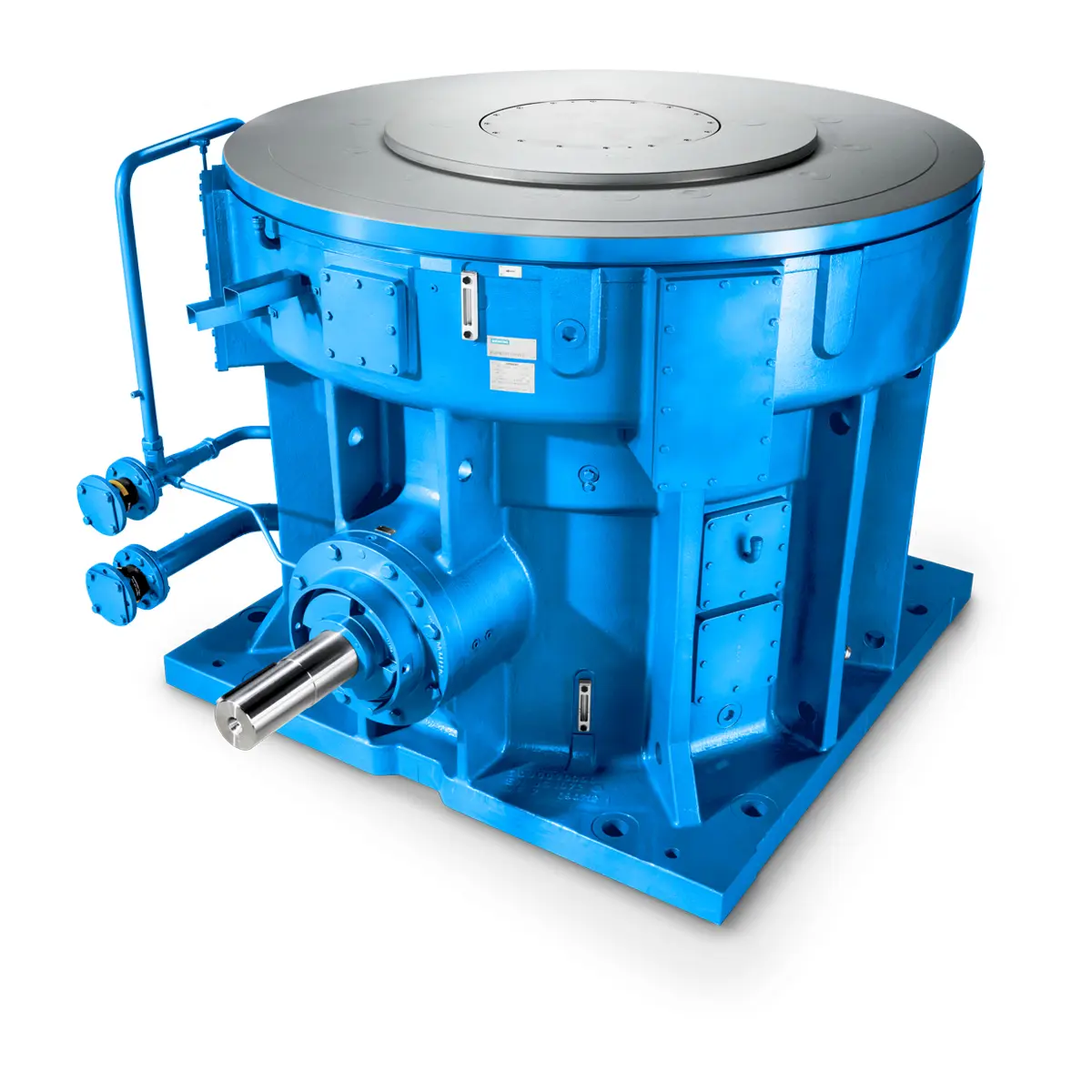 The proven all rounder gearunit gearbox
The proven all rounder gearunit gearbox 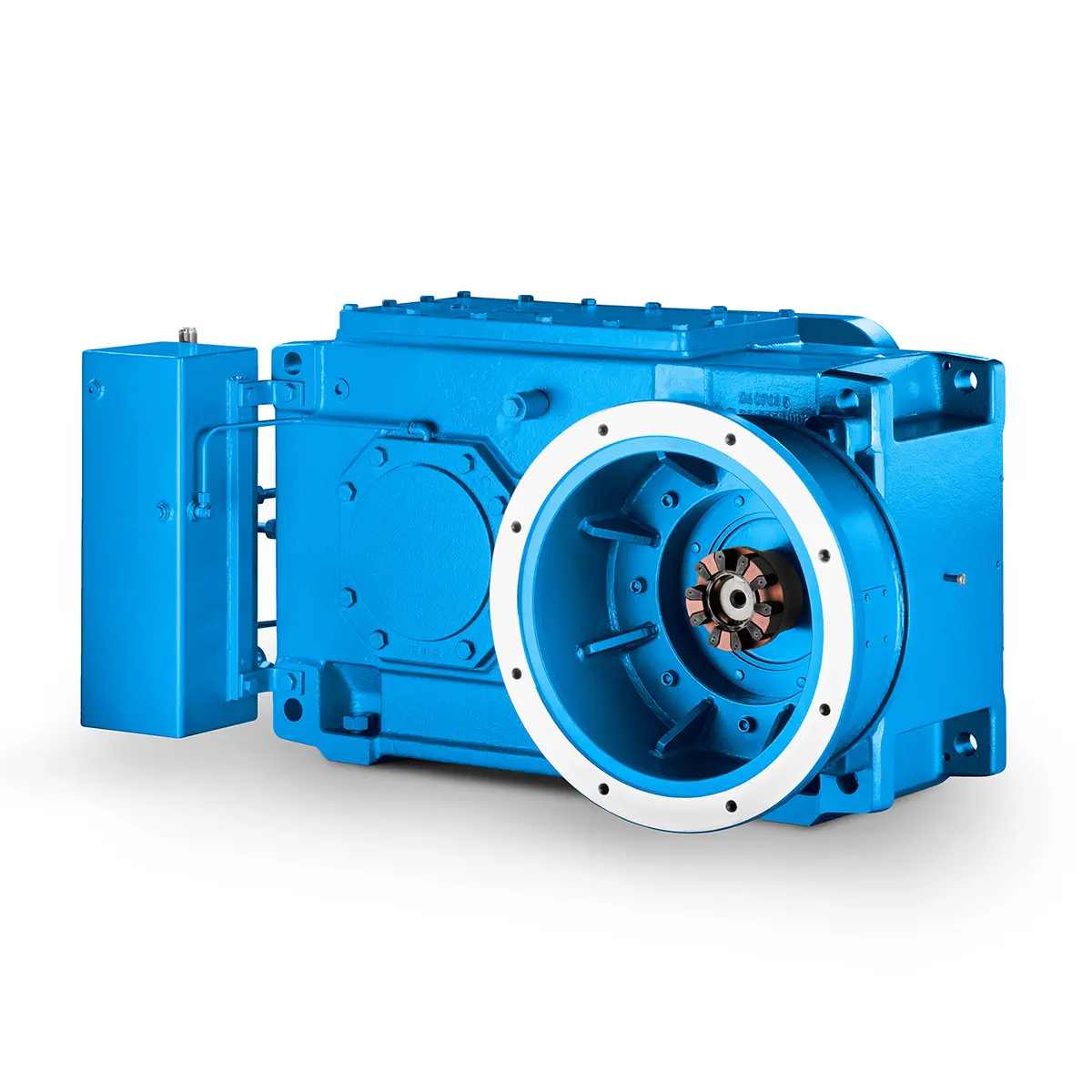 Stirs and stirs and stirs gearunit gearbox
Stirs and stirs and stirs gearunit gearbox 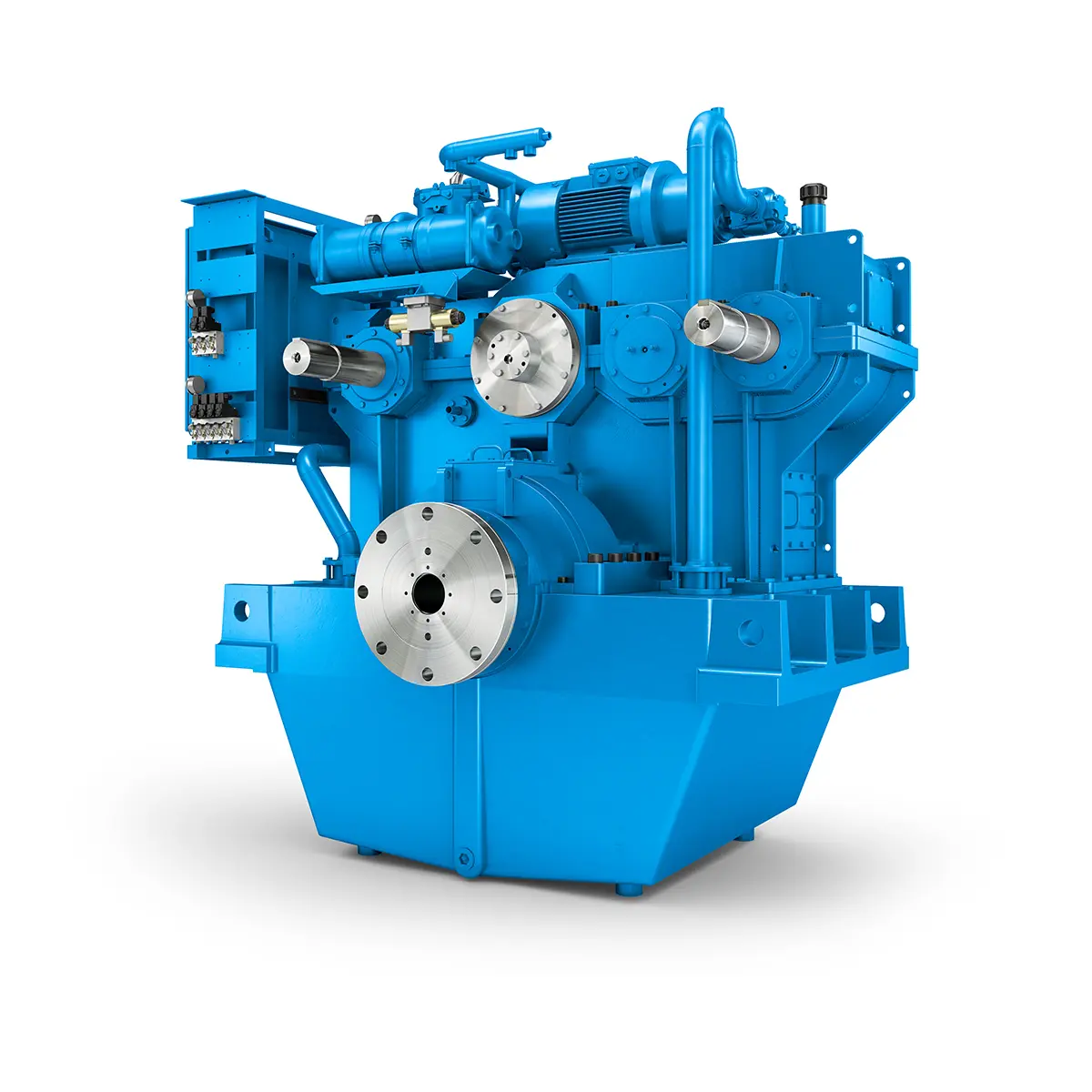 Flexibility on Board gearunit gearbox
Flexibility on Board gearunit gearbox 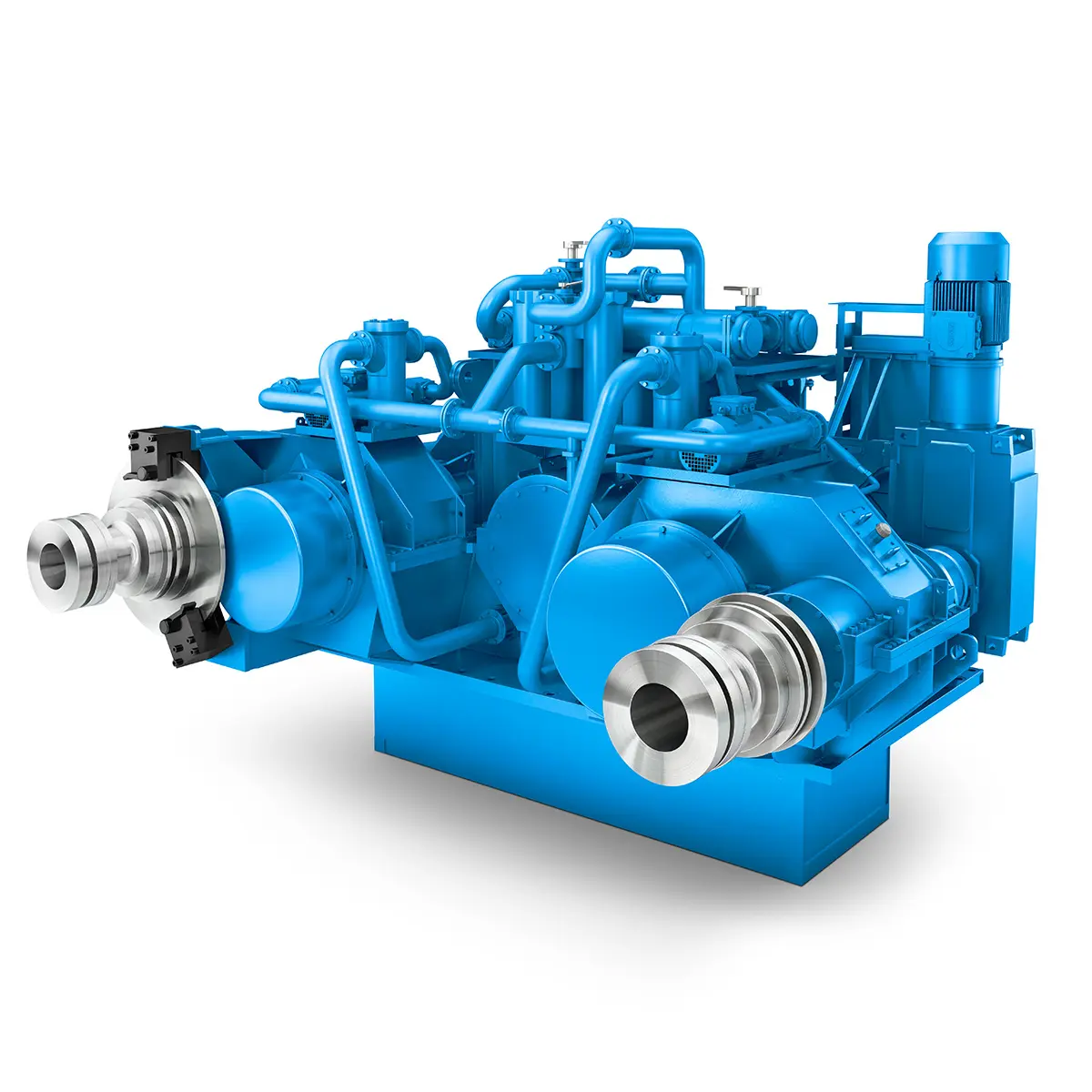 The right gearbox for all Multi-Engine Ships
The right gearbox for all Multi-Engine Ships 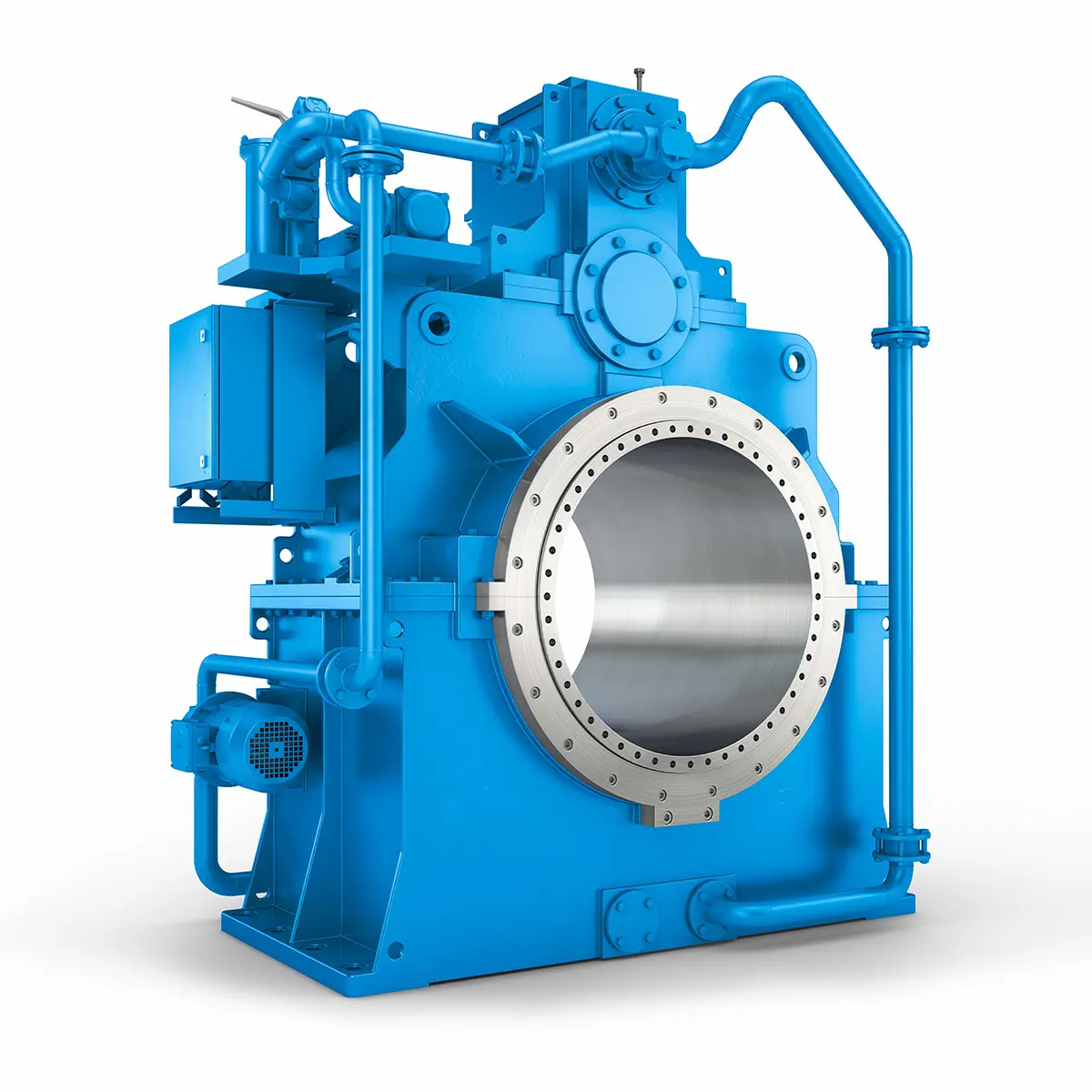 Reliable Power Generation on board
Reliable Power Generation on board 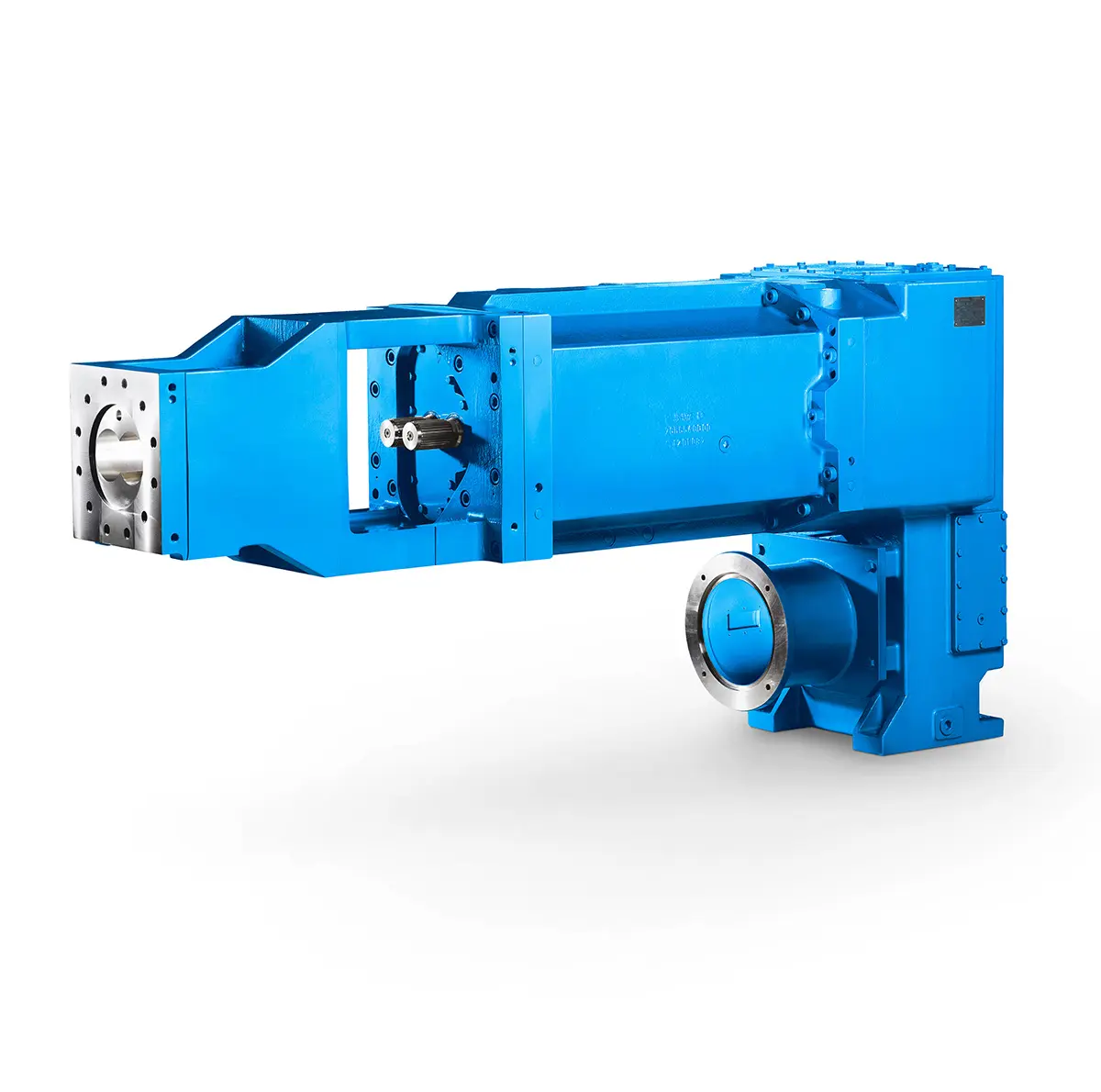 Maximum performance level, fast deliverable
Maximum performance level, fast deliverable 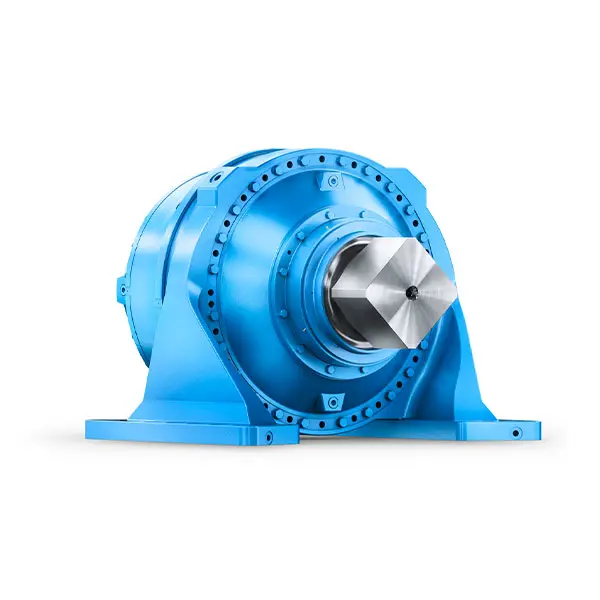 Efficient and compact – FLENDER Gear Units for Sugar Mills
Efficient and compact – FLENDER Gear Units for Sugar Mills 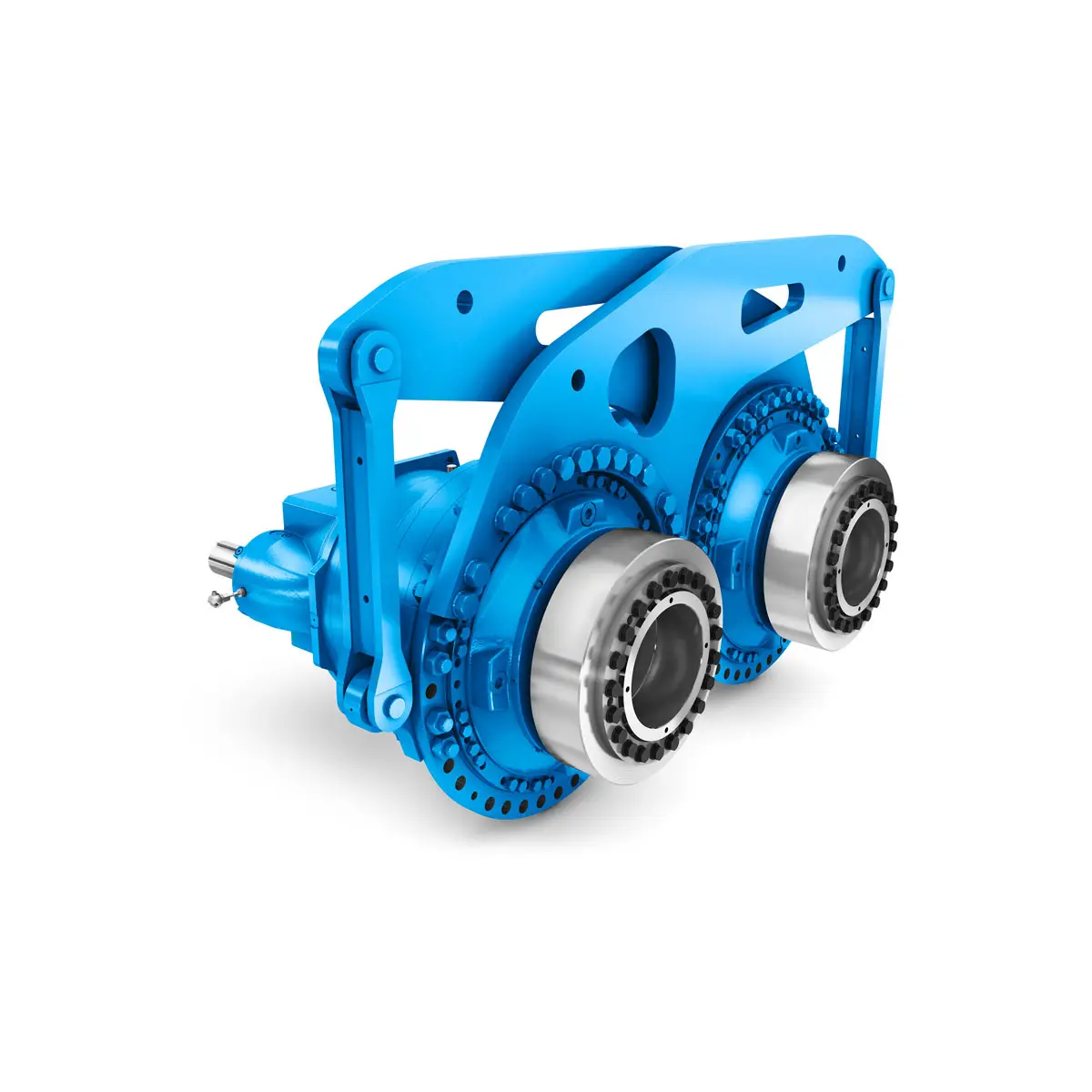 Extremely strong. Extremely compact. Extremely stressable.
Extremely strong. Extremely compact. Extremely stressable. 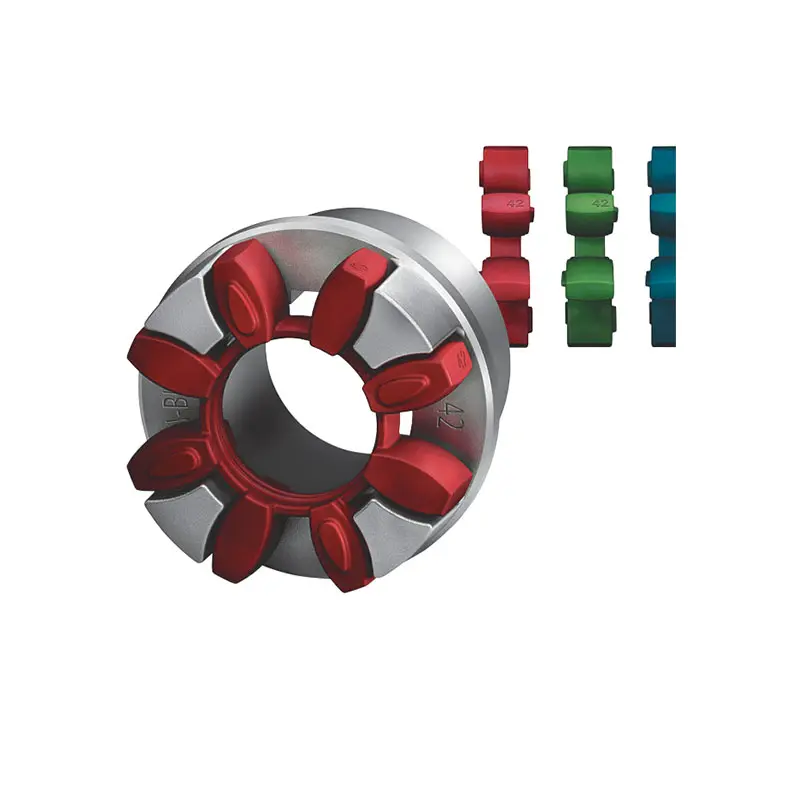 FLENDER Coupling
FLENDER Coupling 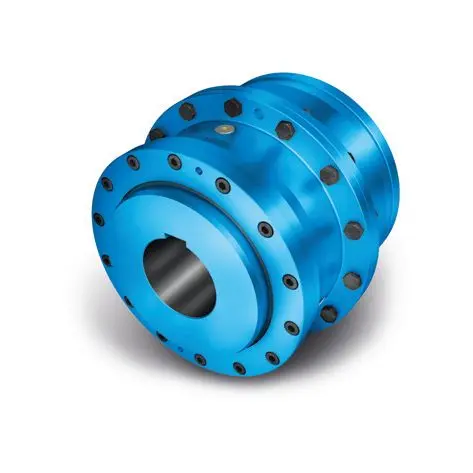 ZAPEX ZW Torsionally Rigid Gear Coupling
ZAPEX ZW Torsionally Rigid Gear Coupling 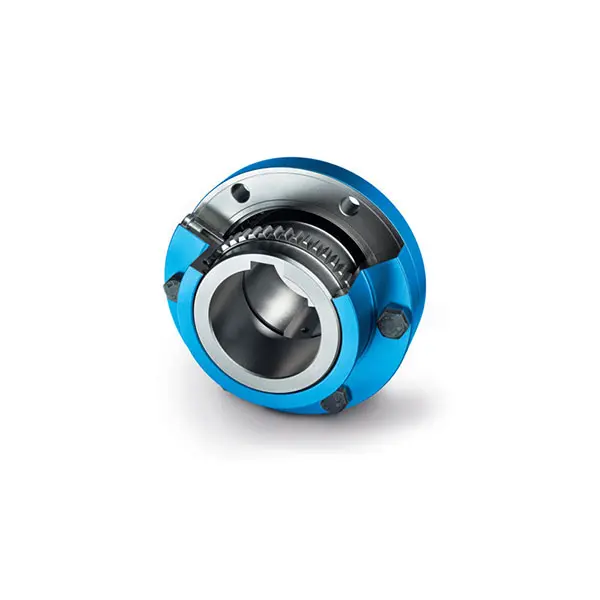 ZAPEX ZN Torsionally Rigid Gear Coupling
ZAPEX ZN Torsionally Rigid Gear Coupling 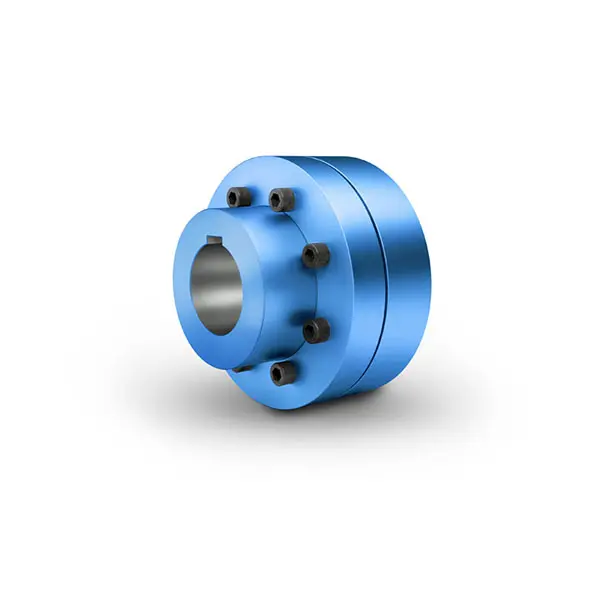 N-EUPEX Flexible high performance Coupling
N-EUPEX Flexible high performance Coupling 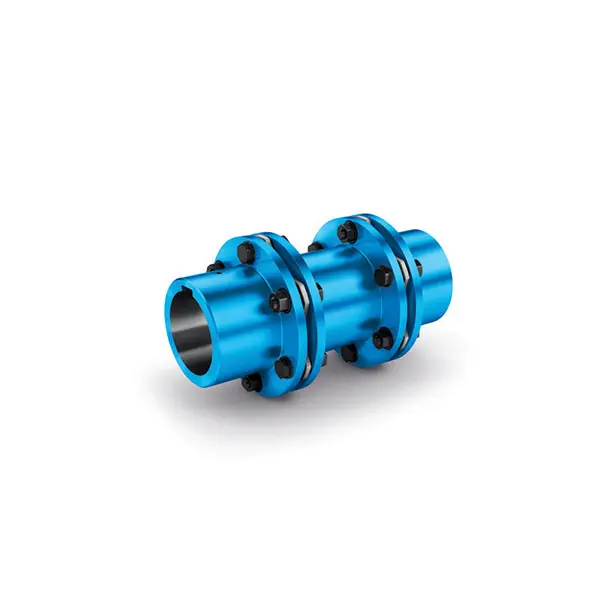 N-ARPEX Torsionally Rigid All-Steel Coupling
N-ARPEX Torsionally Rigid All-Steel Coupling 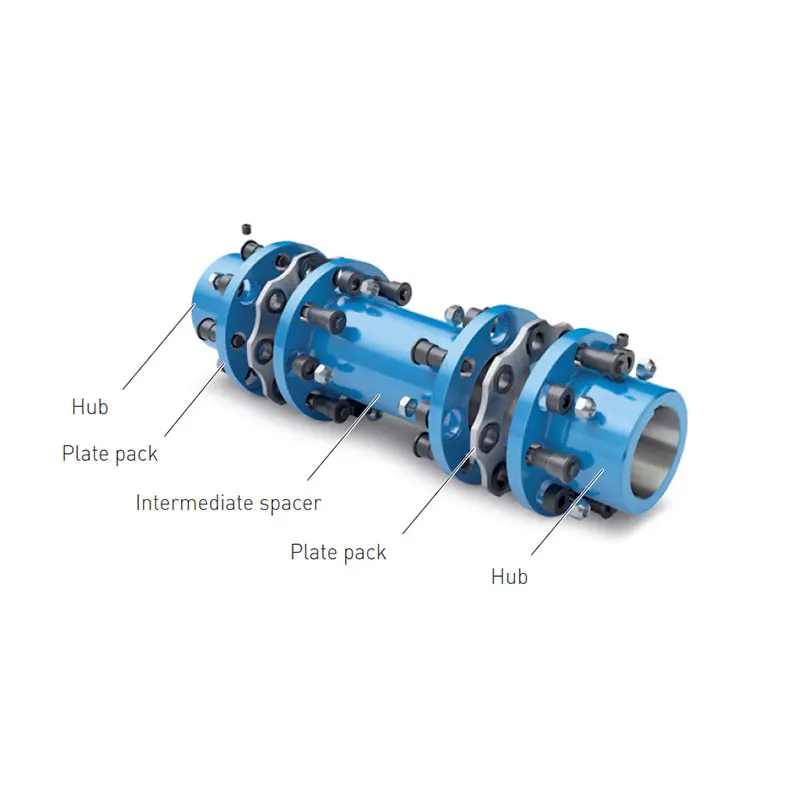 ARPEX Torsionally Rigid All-Steel Coupling Spare and Parts
ARPEX Torsionally Rigid All-Steel Coupling Spare and Parts  N-EUPEX DS Flexible High Performance Coupling
N-EUPEX DS Flexible High Performance Coupling 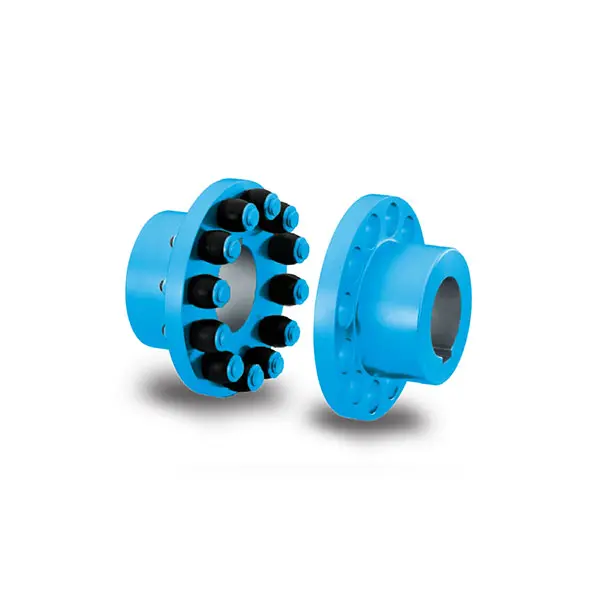 RUPEX Flexible high performance Coupling
RUPEX Flexible high performance Coupling 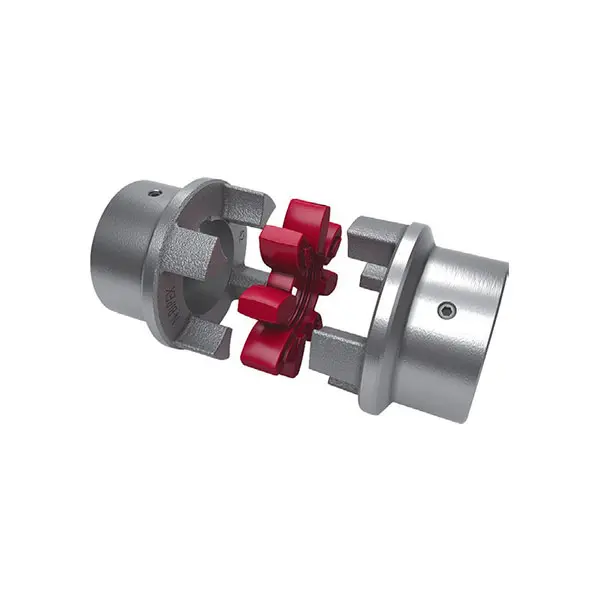 N BIPEX Flexible high performance coupling
N BIPEX Flexible high performance coupling 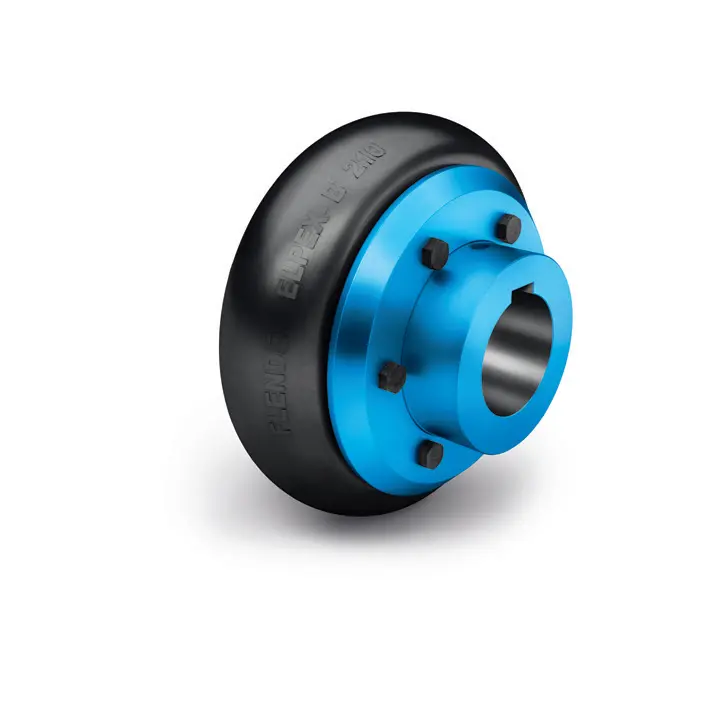 ELPEX B Highly Flexible Coupling
ELPEX B Highly Flexible Coupling  ELPEX S Highly Flexible Coupling high performance
ELPEX S Highly Flexible Coupling high performance 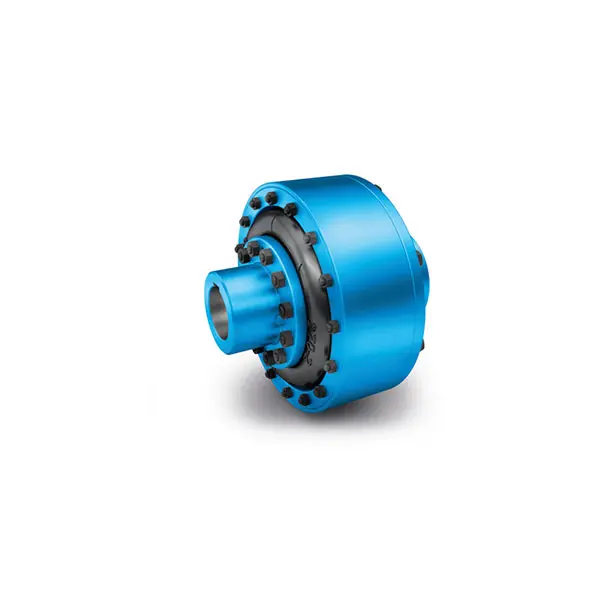 ELPEX Highly Flexible Coupling high performance
ELPEX Highly Flexible Coupling high performance 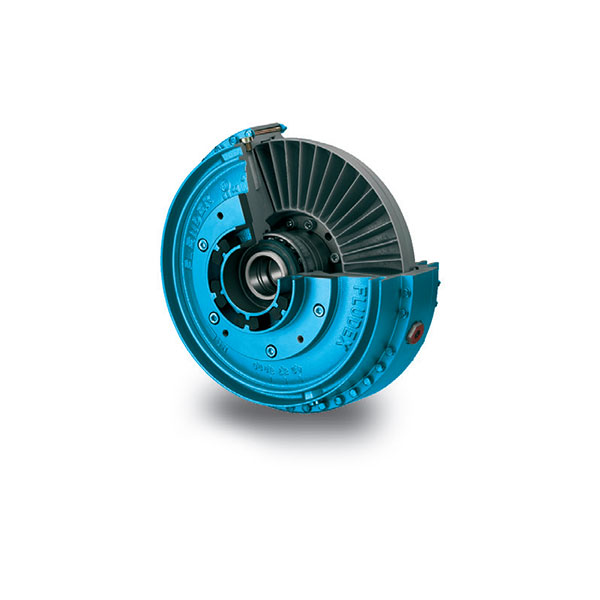 FLUDEX Fluid Coupling high performance
FLUDEX Fluid Coupling high performance 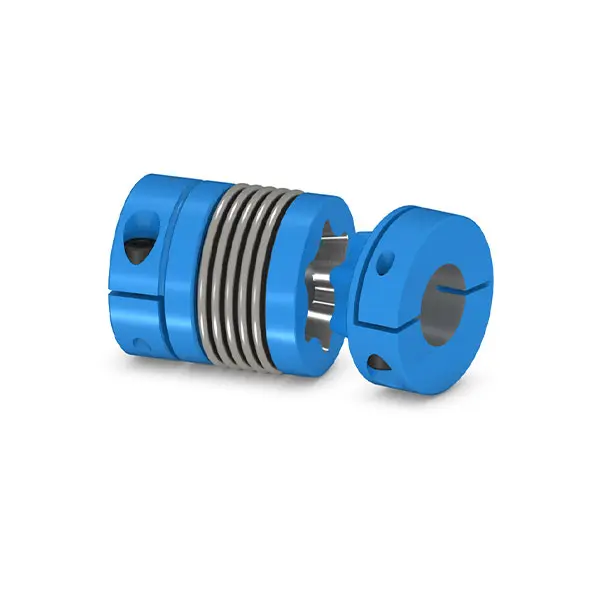 SIPEX Backlash free Coupling high performance
SIPEX Backlash free Coupling high performance 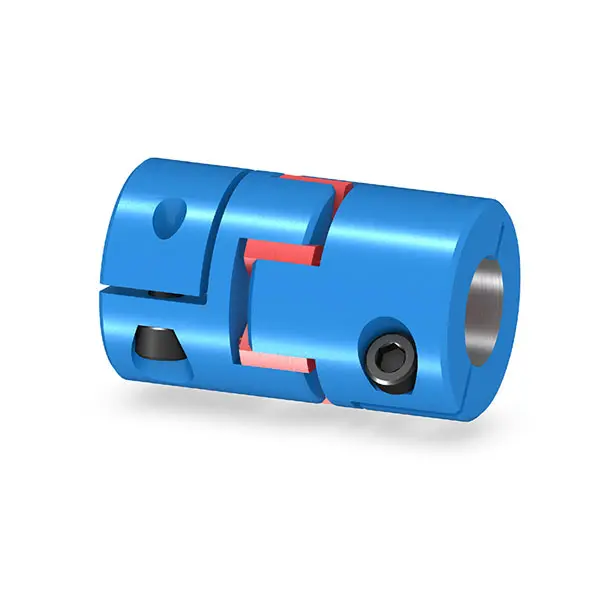 BIPEX S Backlash free Coupling high performance
BIPEX S Backlash free Coupling high performance 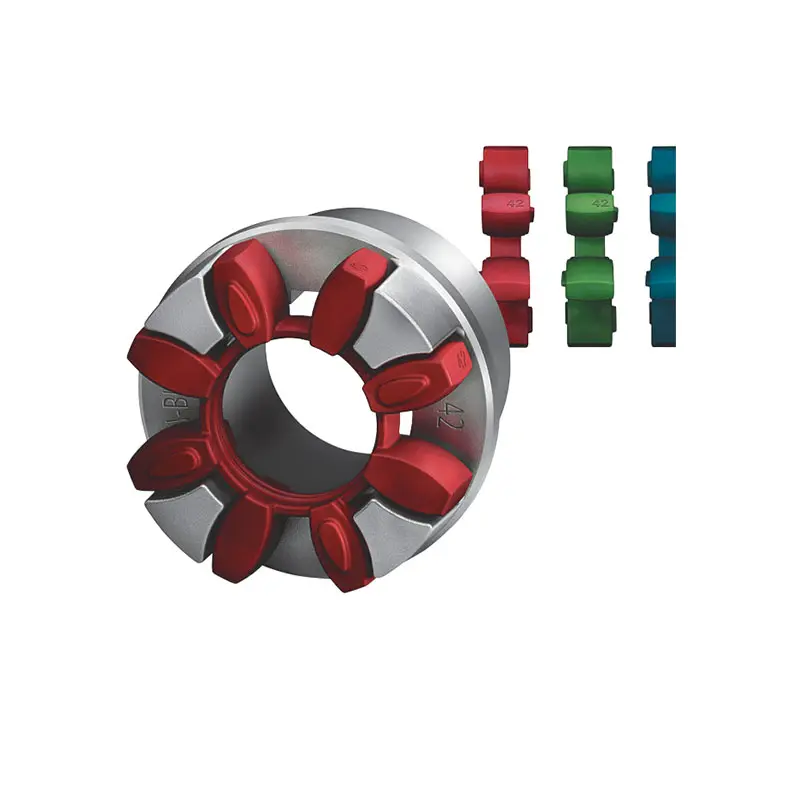 FLENDER Coupling Spare Parts high performance
FLENDER Coupling Spare Parts high performance 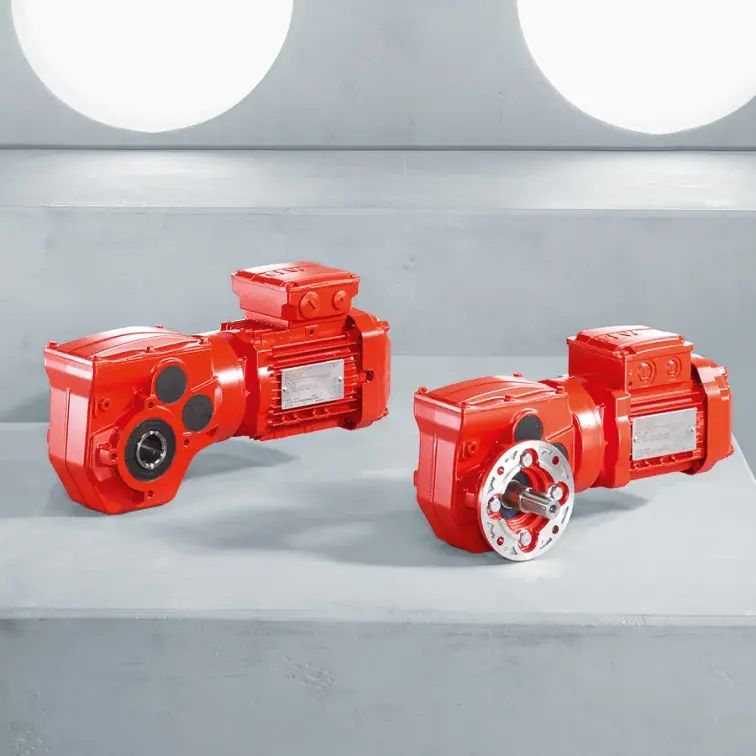 SEW Gearmotor
SEW Gearmotor
Our Company
News
Case
Contact Us
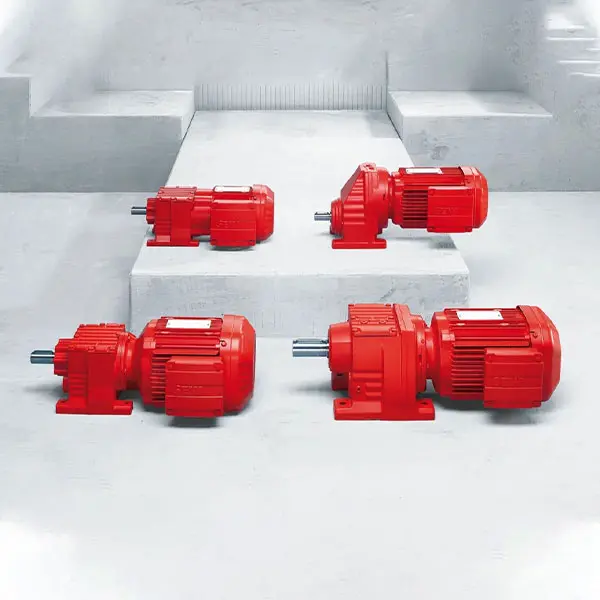 R Series Helical Gearmotor low voltage
R Series Helical Gearmotor low voltage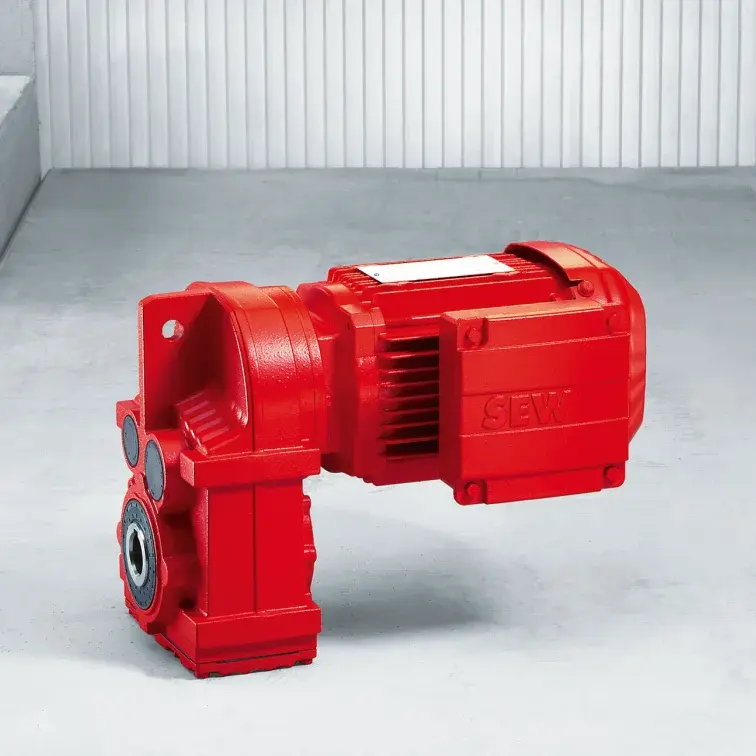 F Series Parallel Shaft Gearmotor low voltage
F Series Parallel Shaft Gearmotor low voltage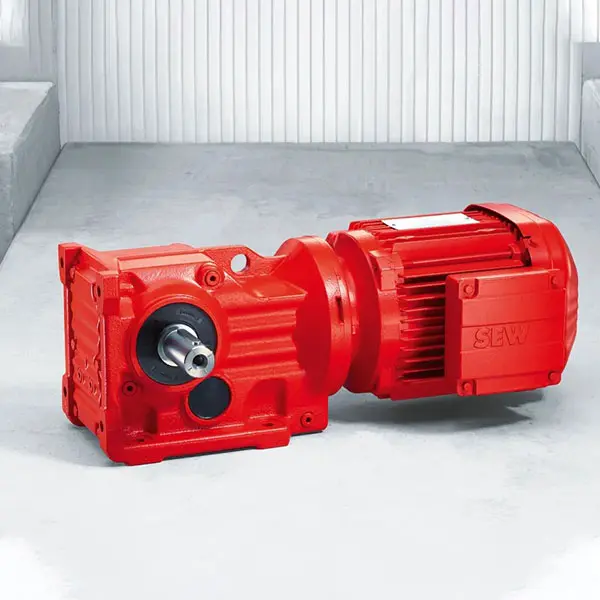 K Series Helical Bevel Gearmotor low voltage
K Series Helical Bevel Gearmotor low voltage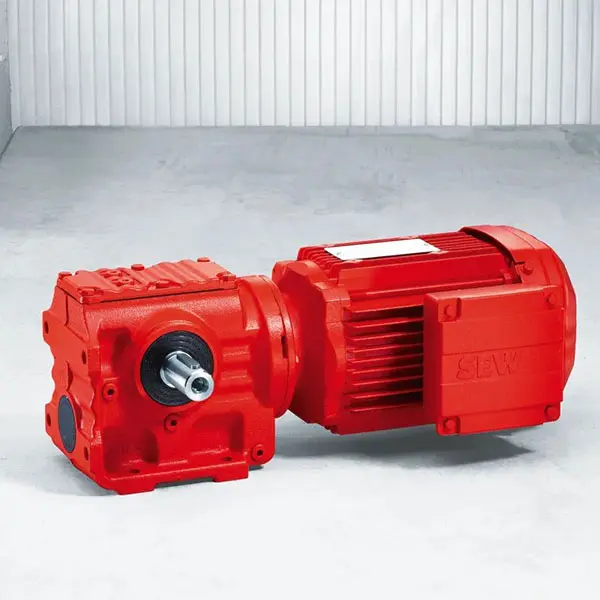 S Series Helical Worm Gearmotor low voltage
S Series Helical Worm Gearmotor low voltage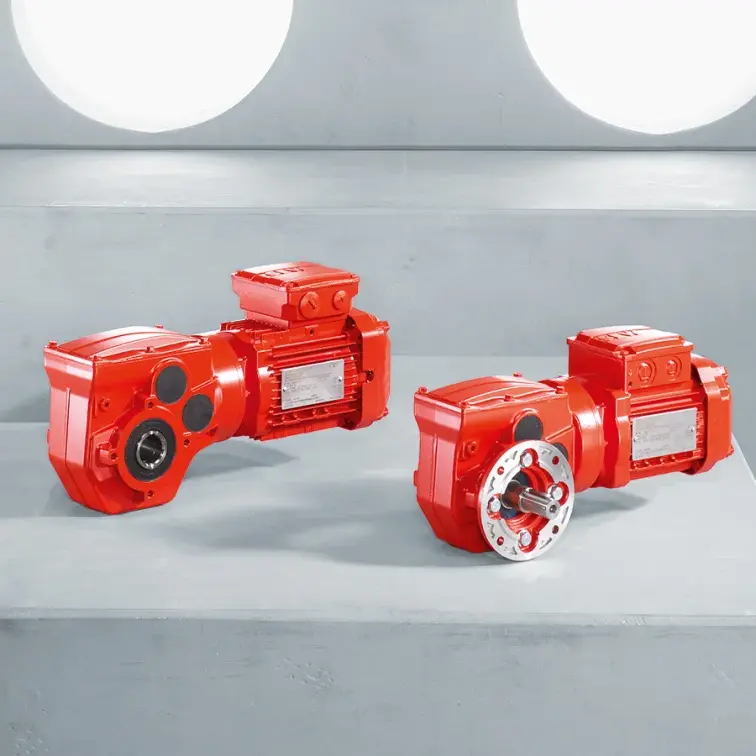 W Series SPIROPLAN® Right Angle Gearmotor
W Series SPIROPLAN® Right Angle Gearmotor

